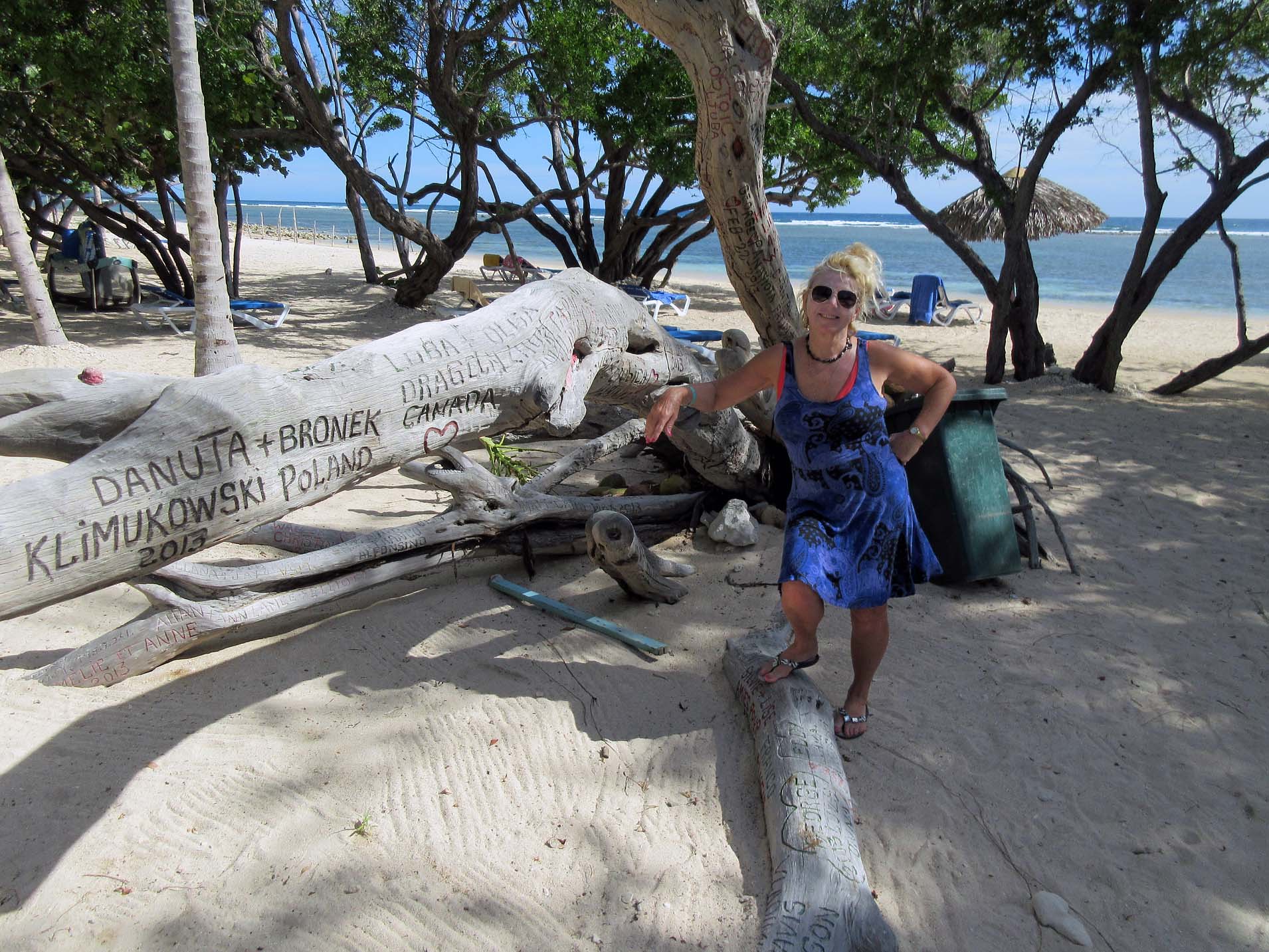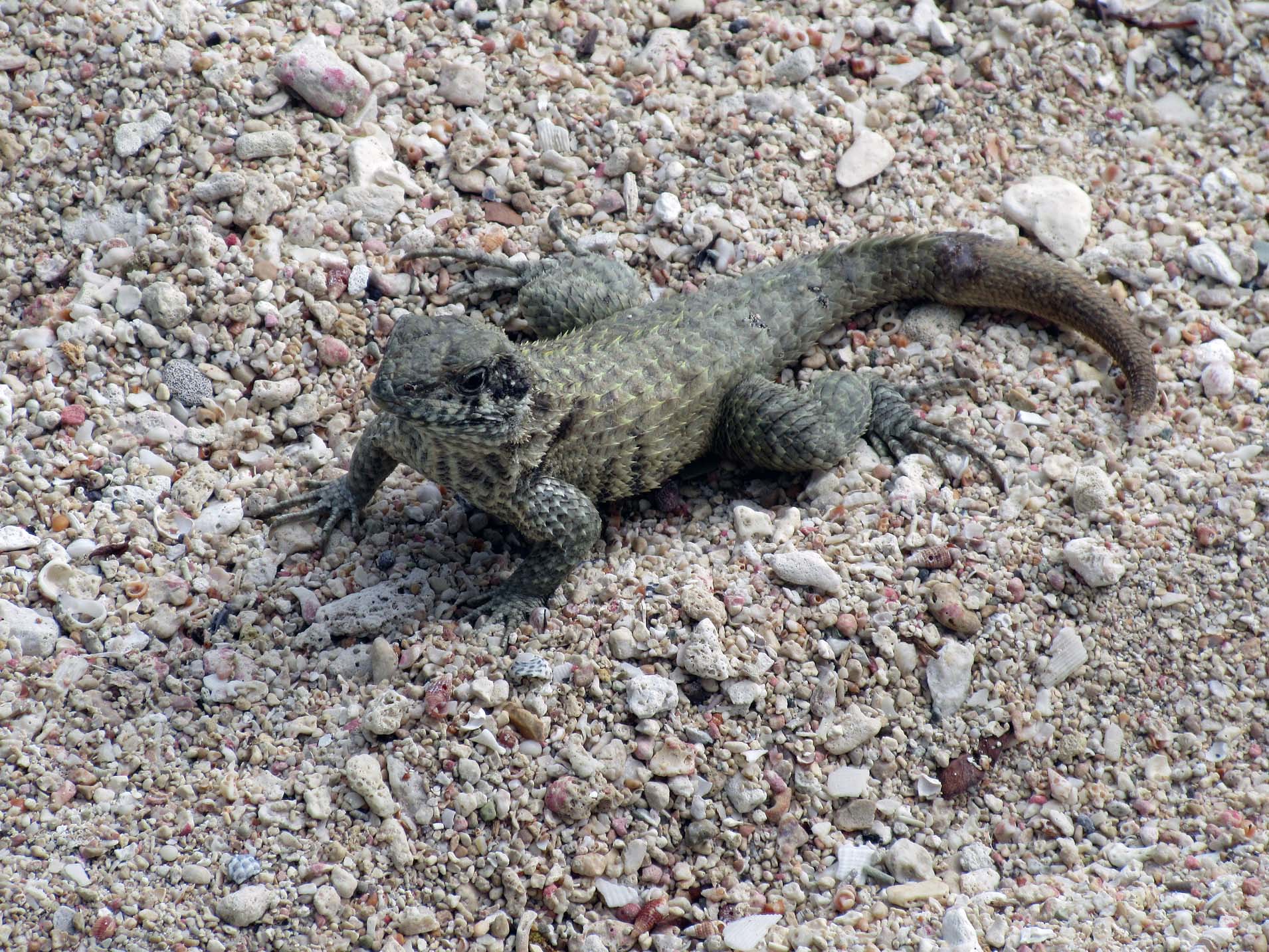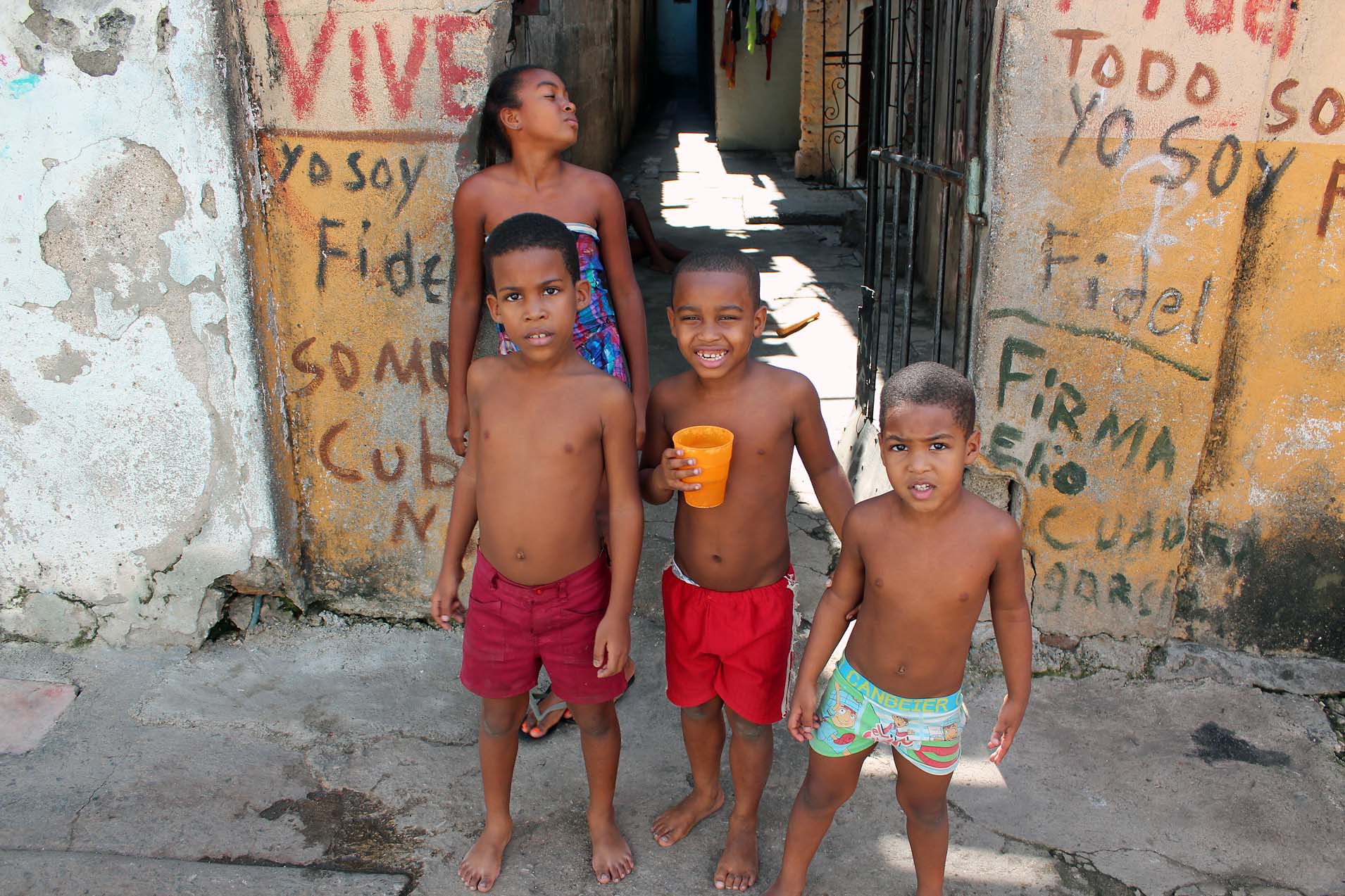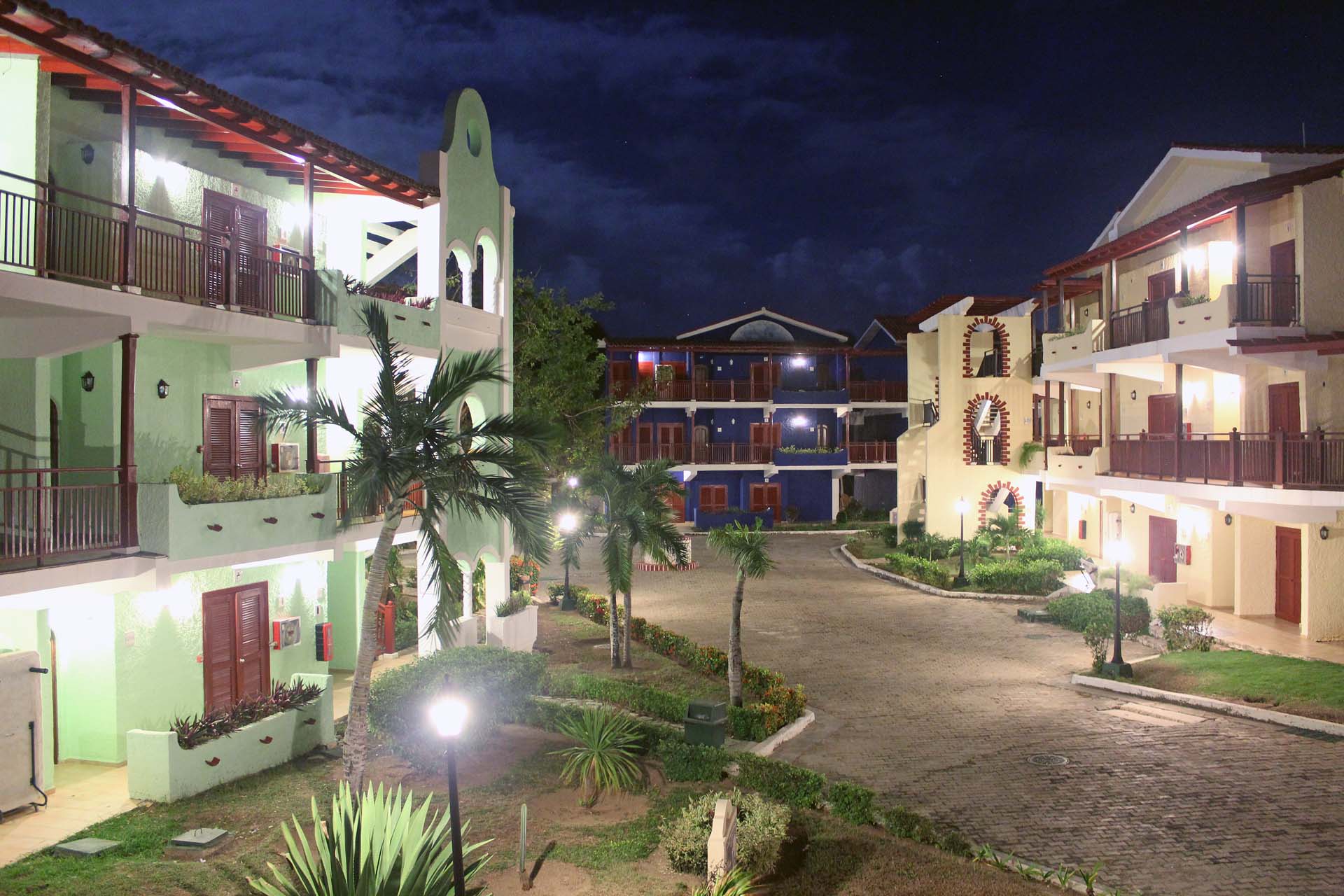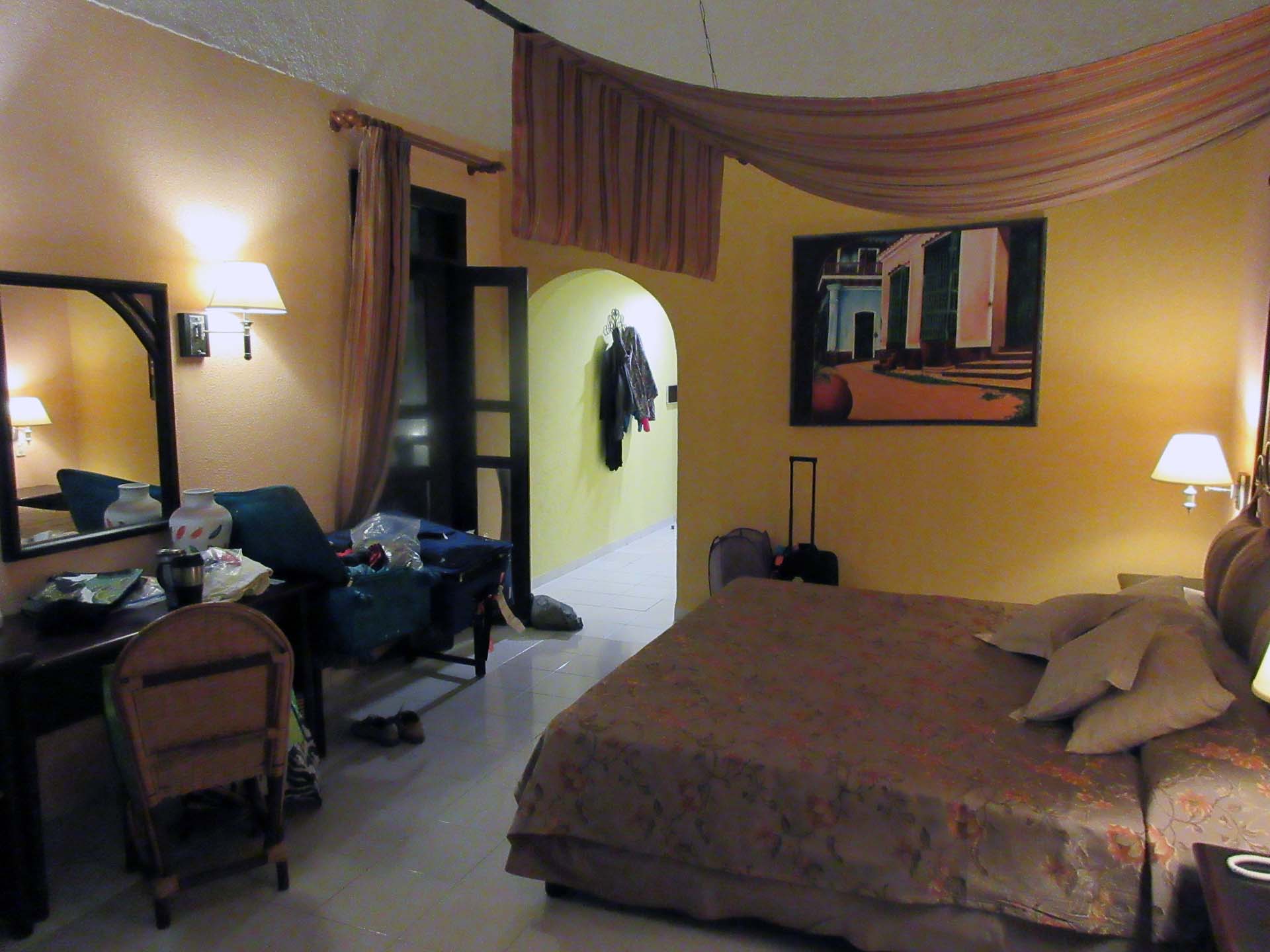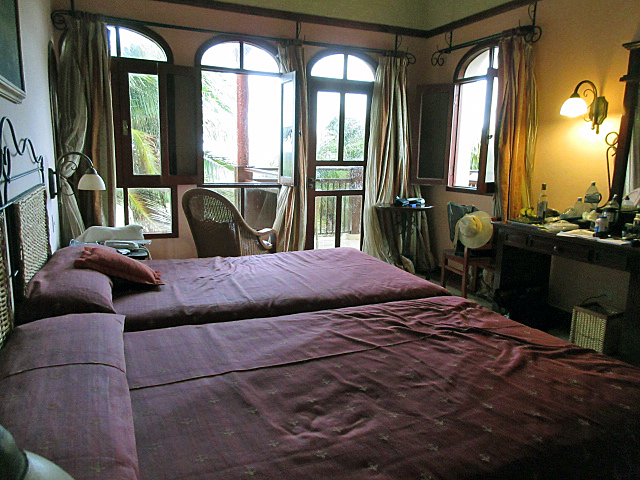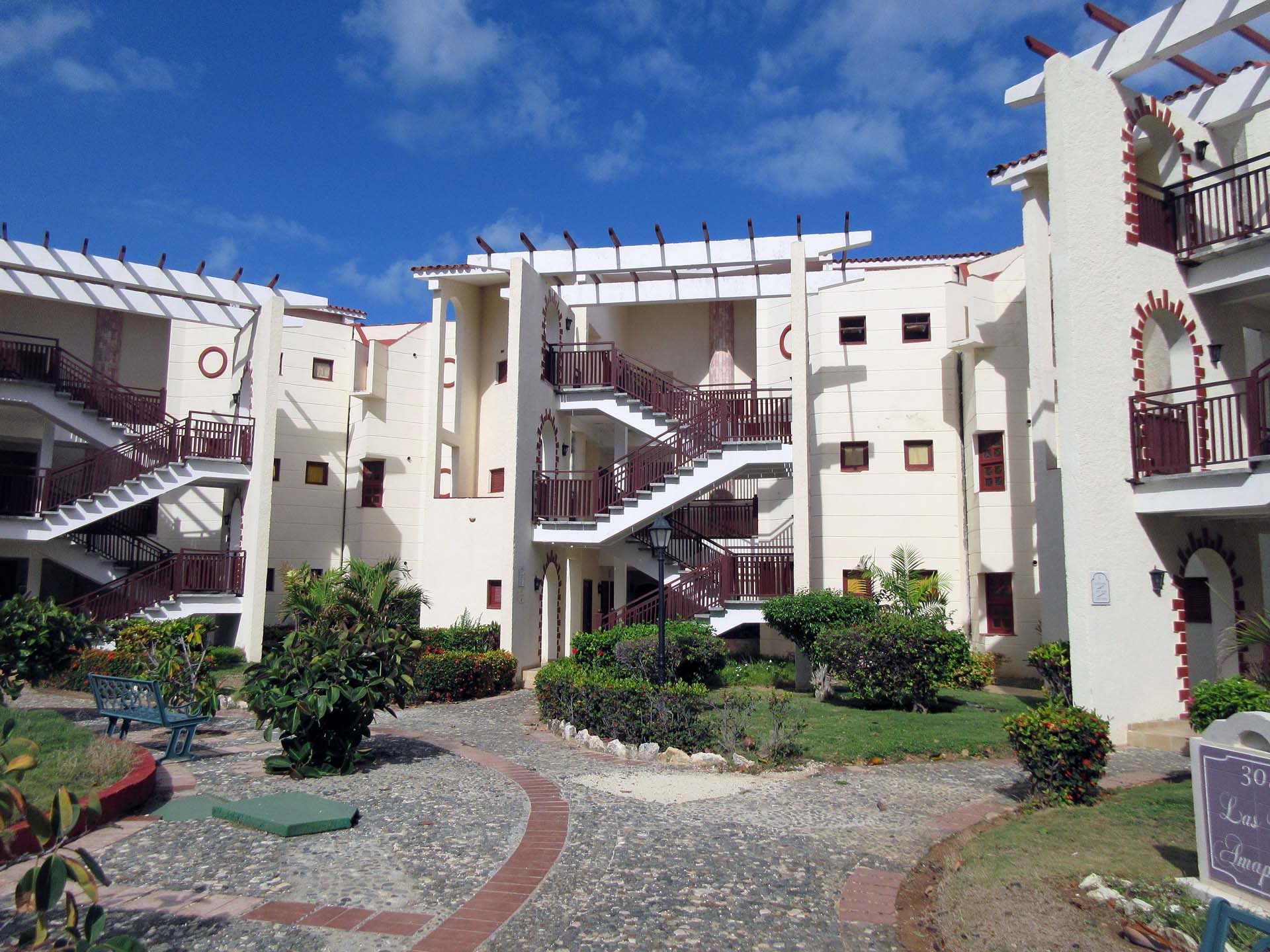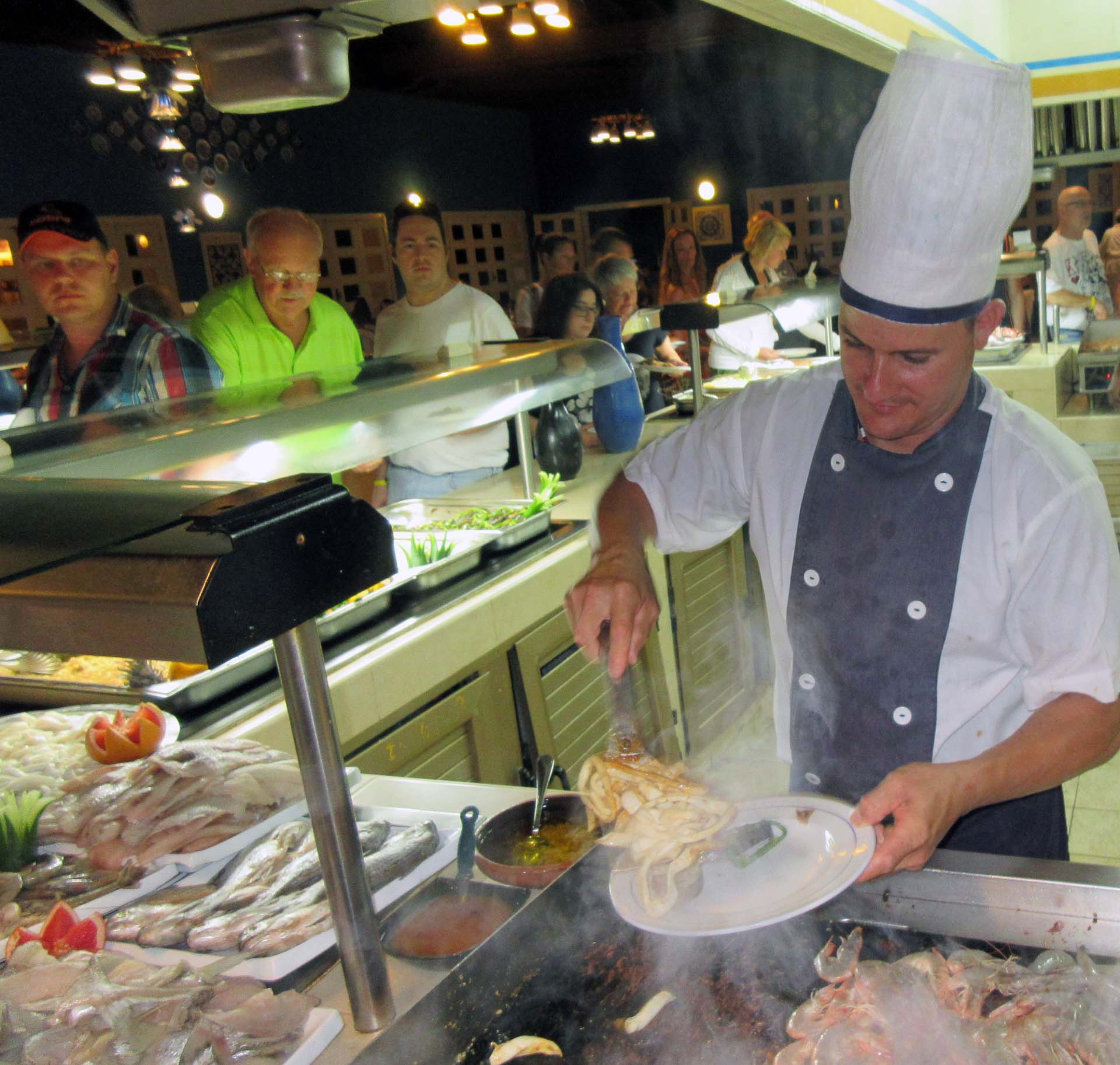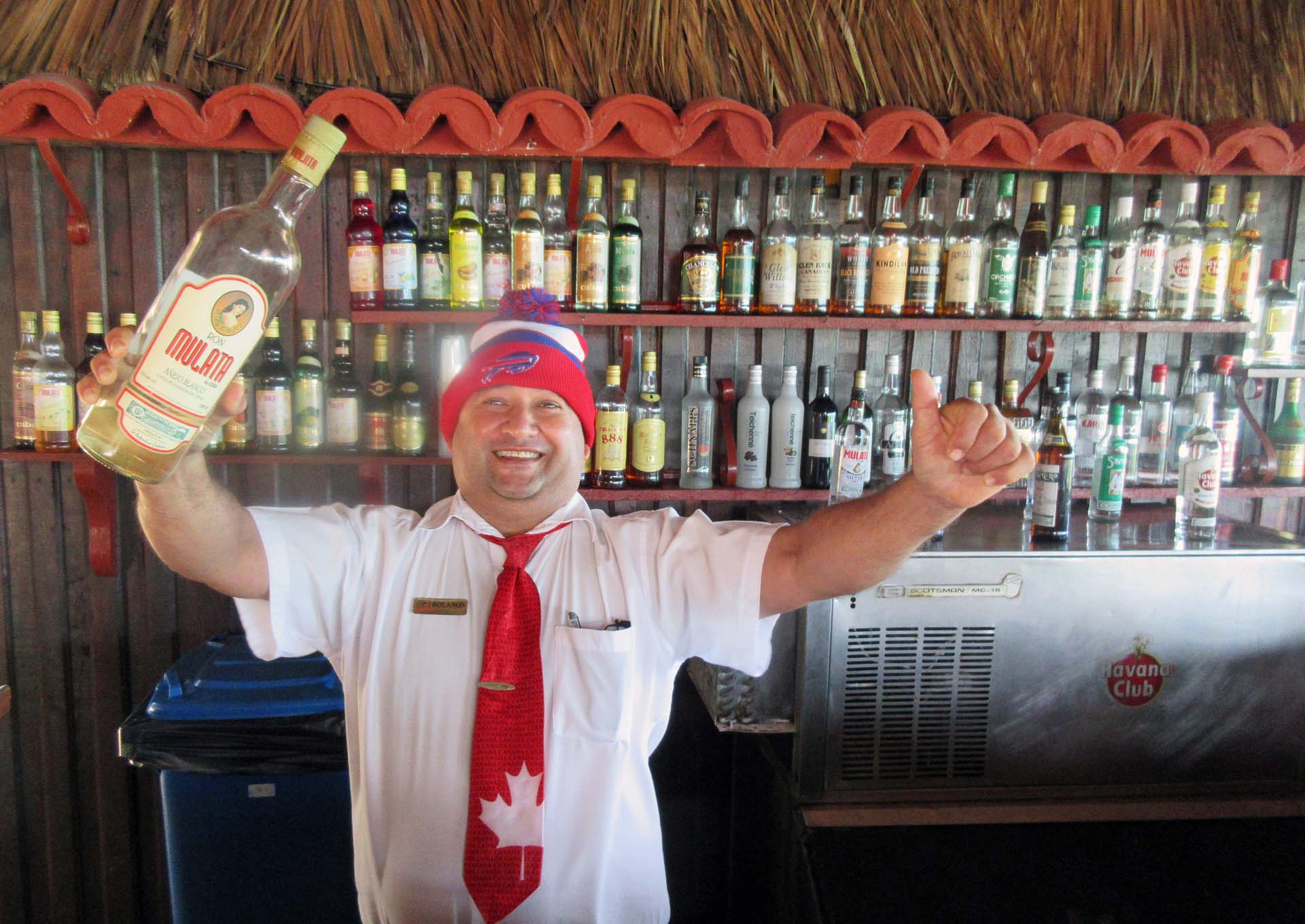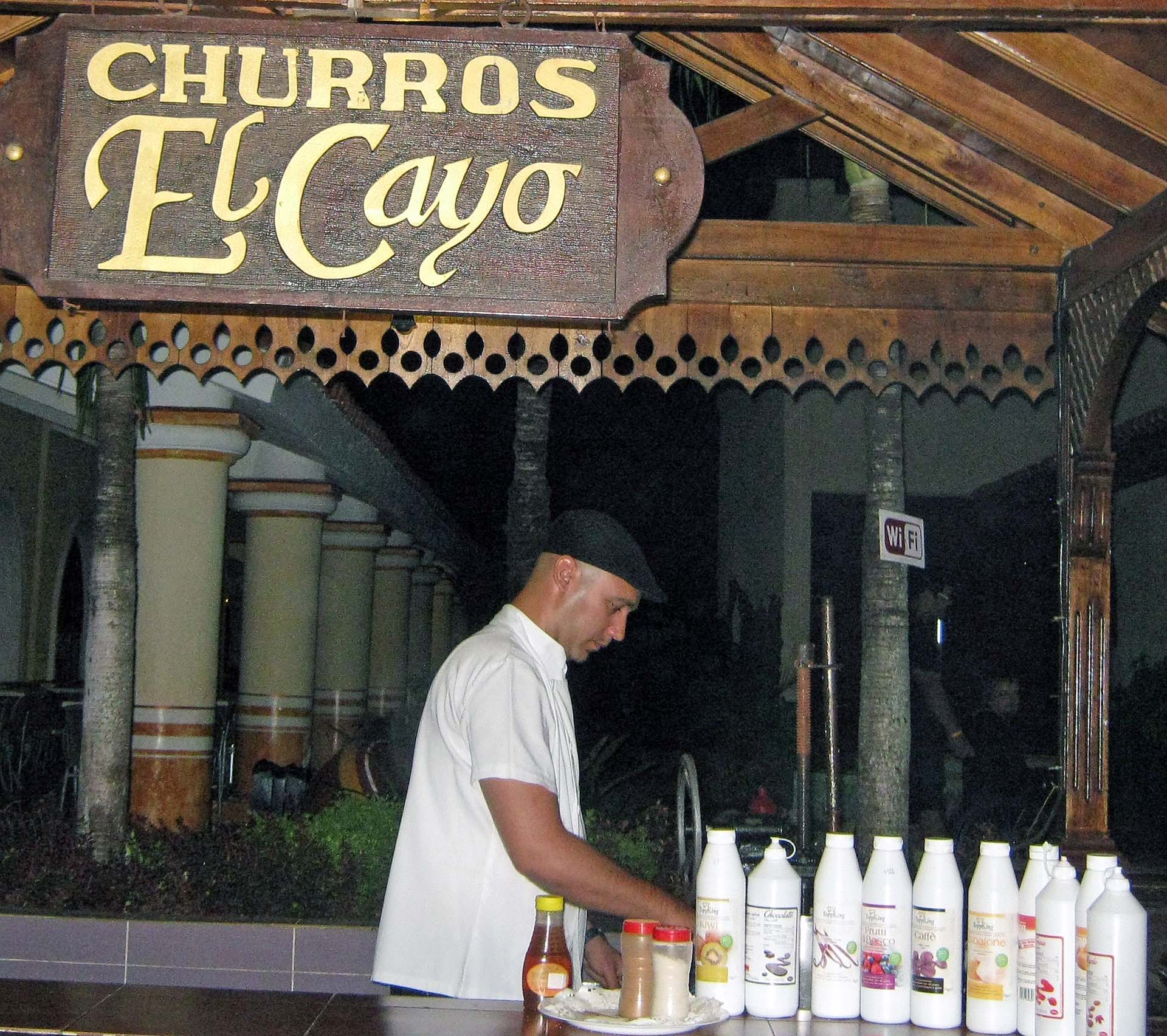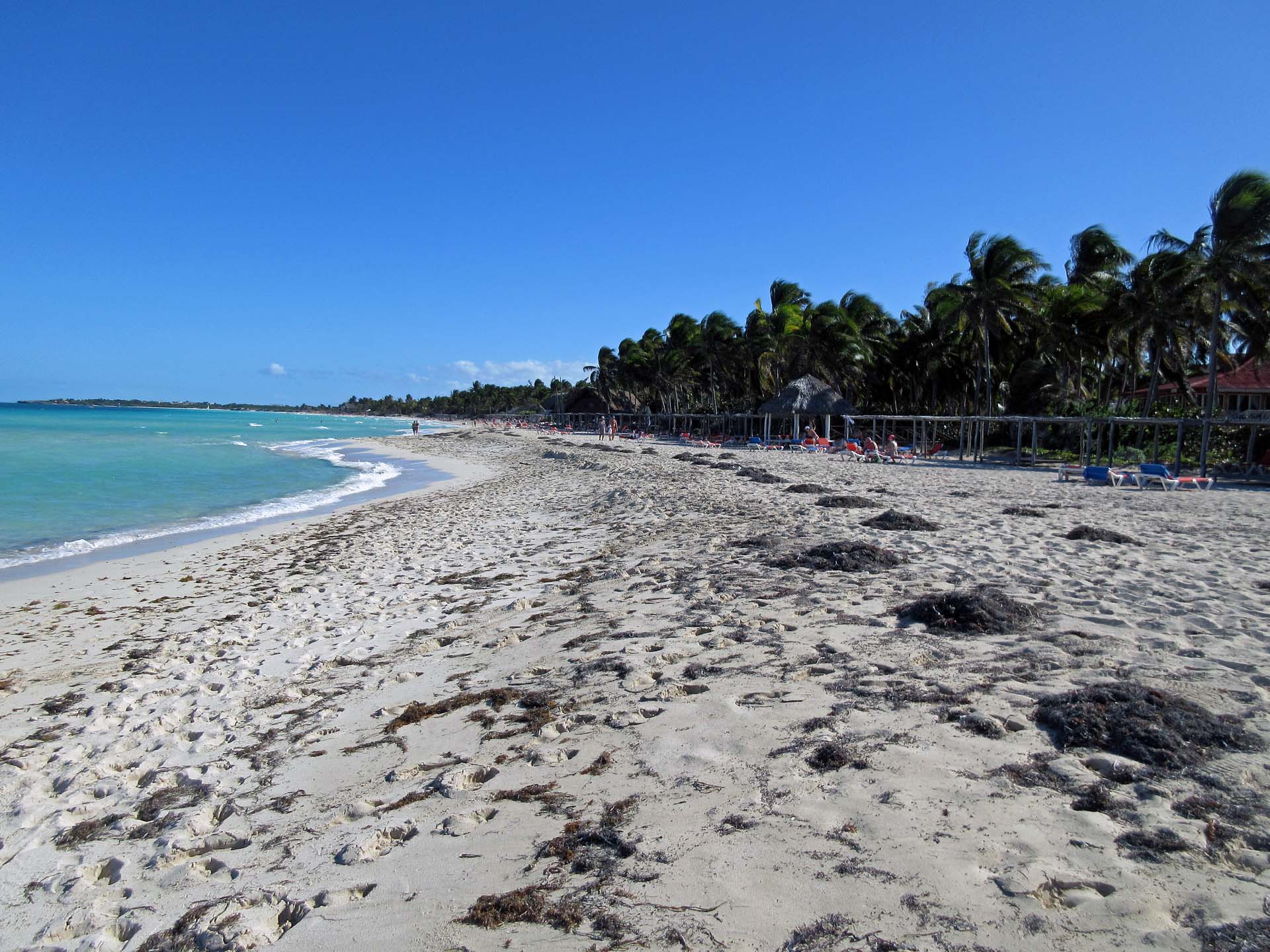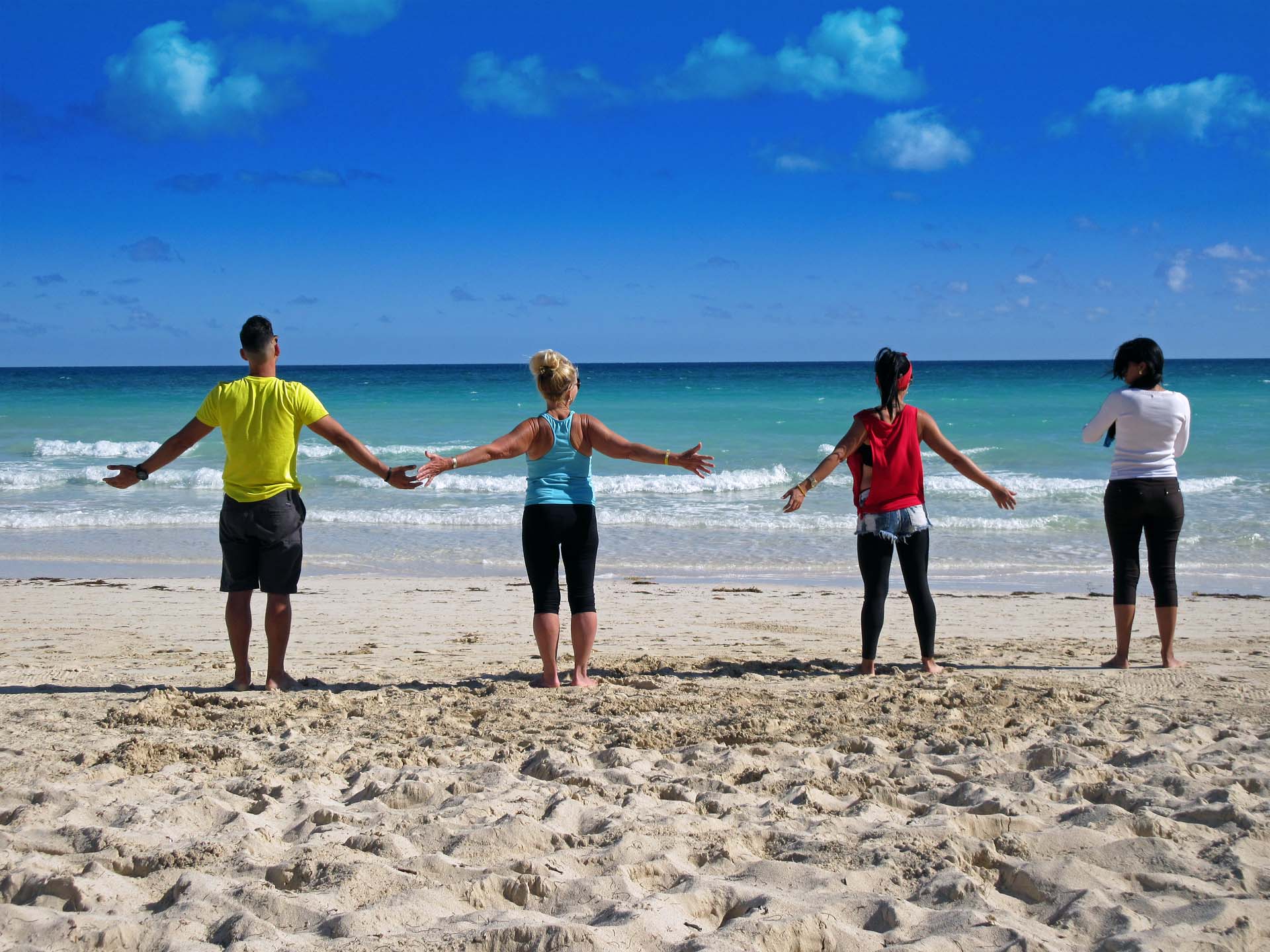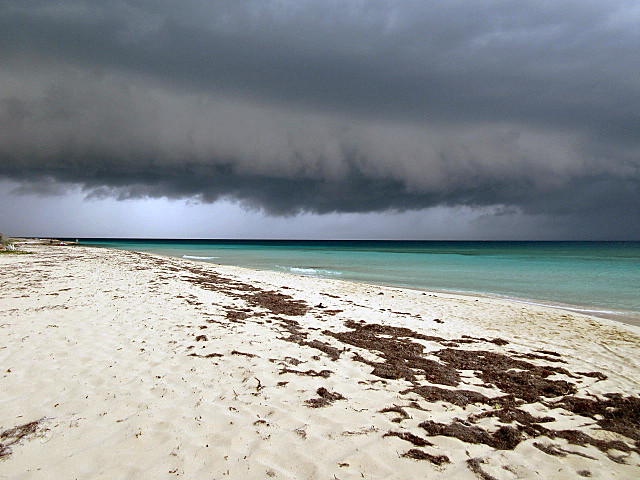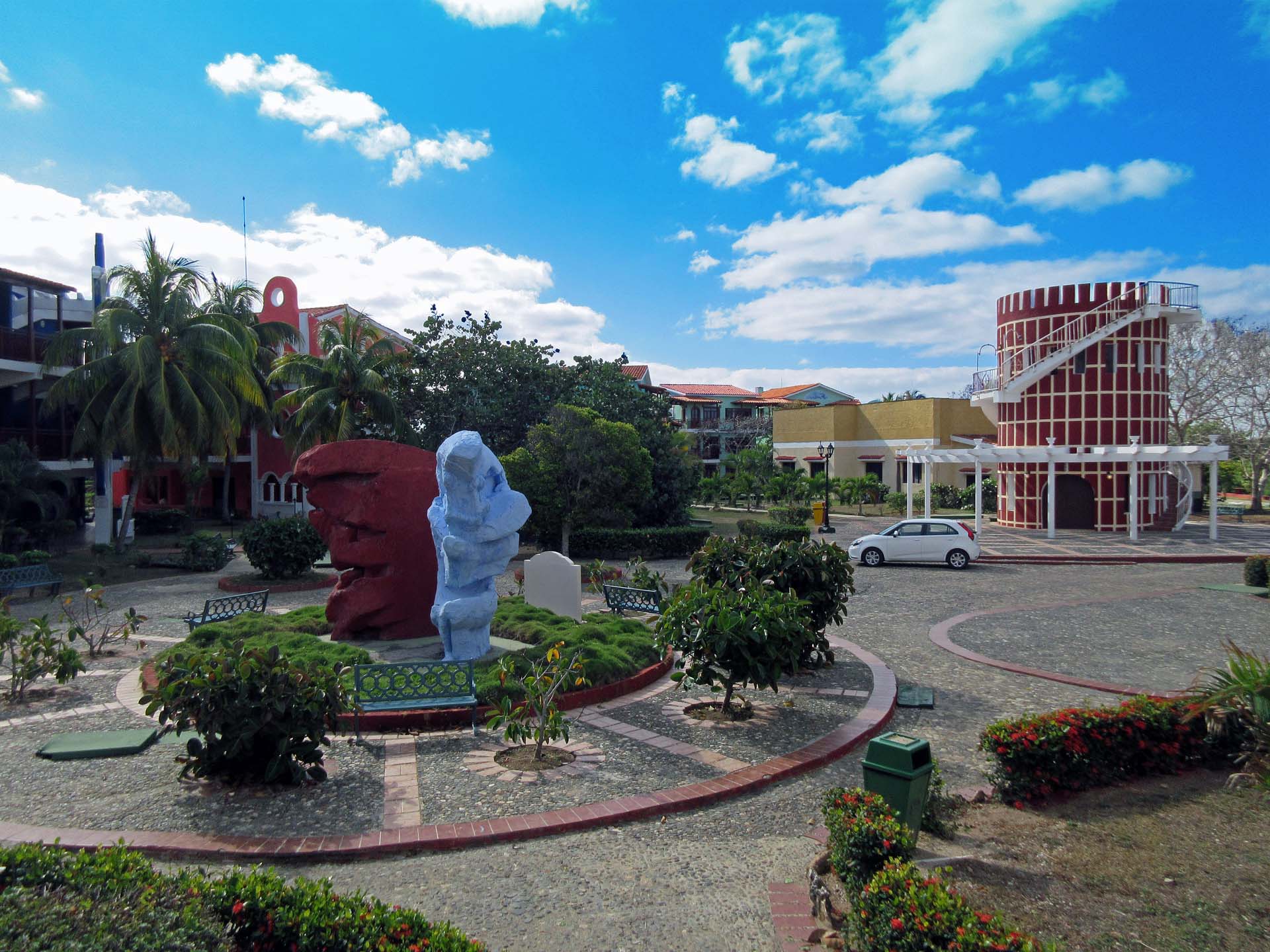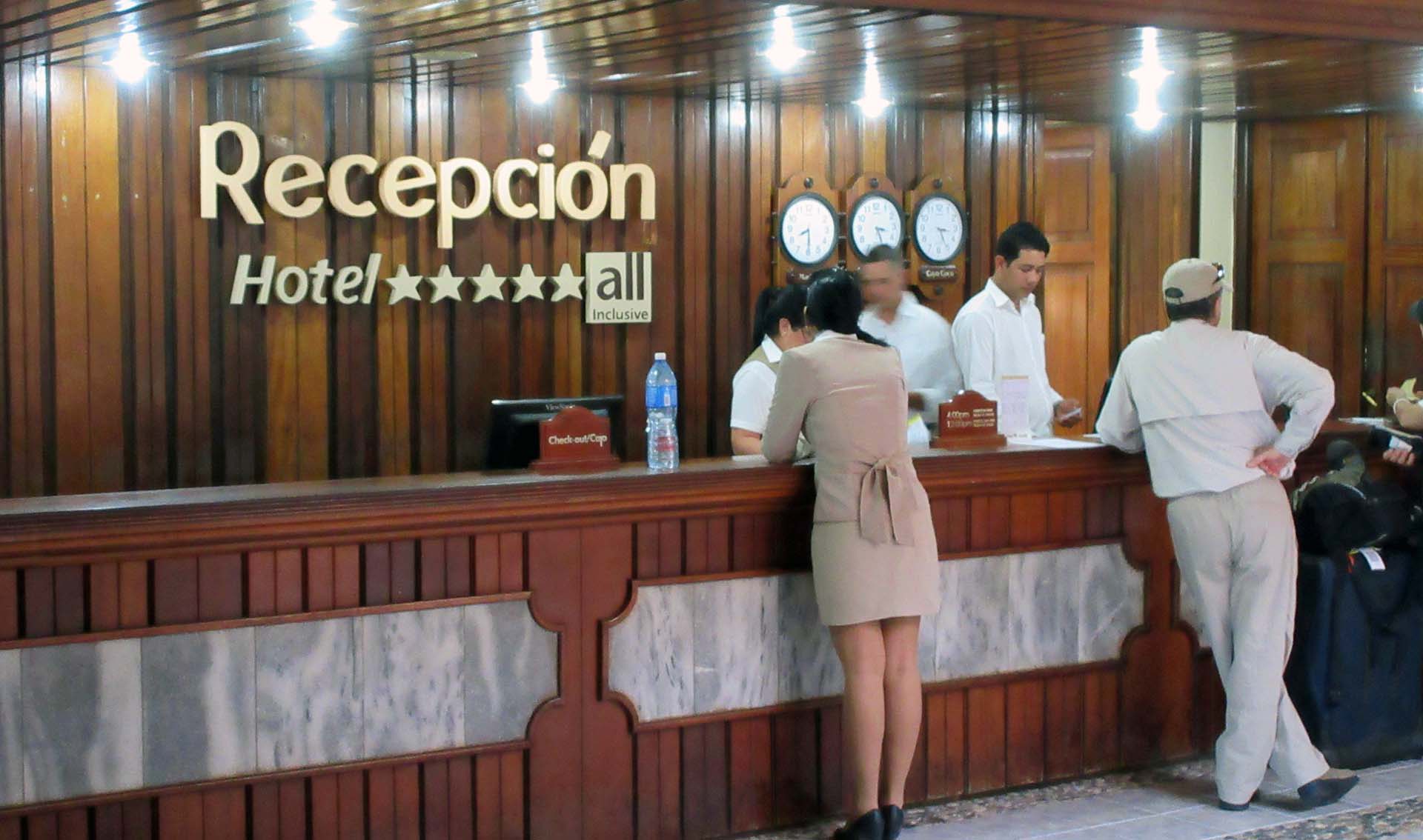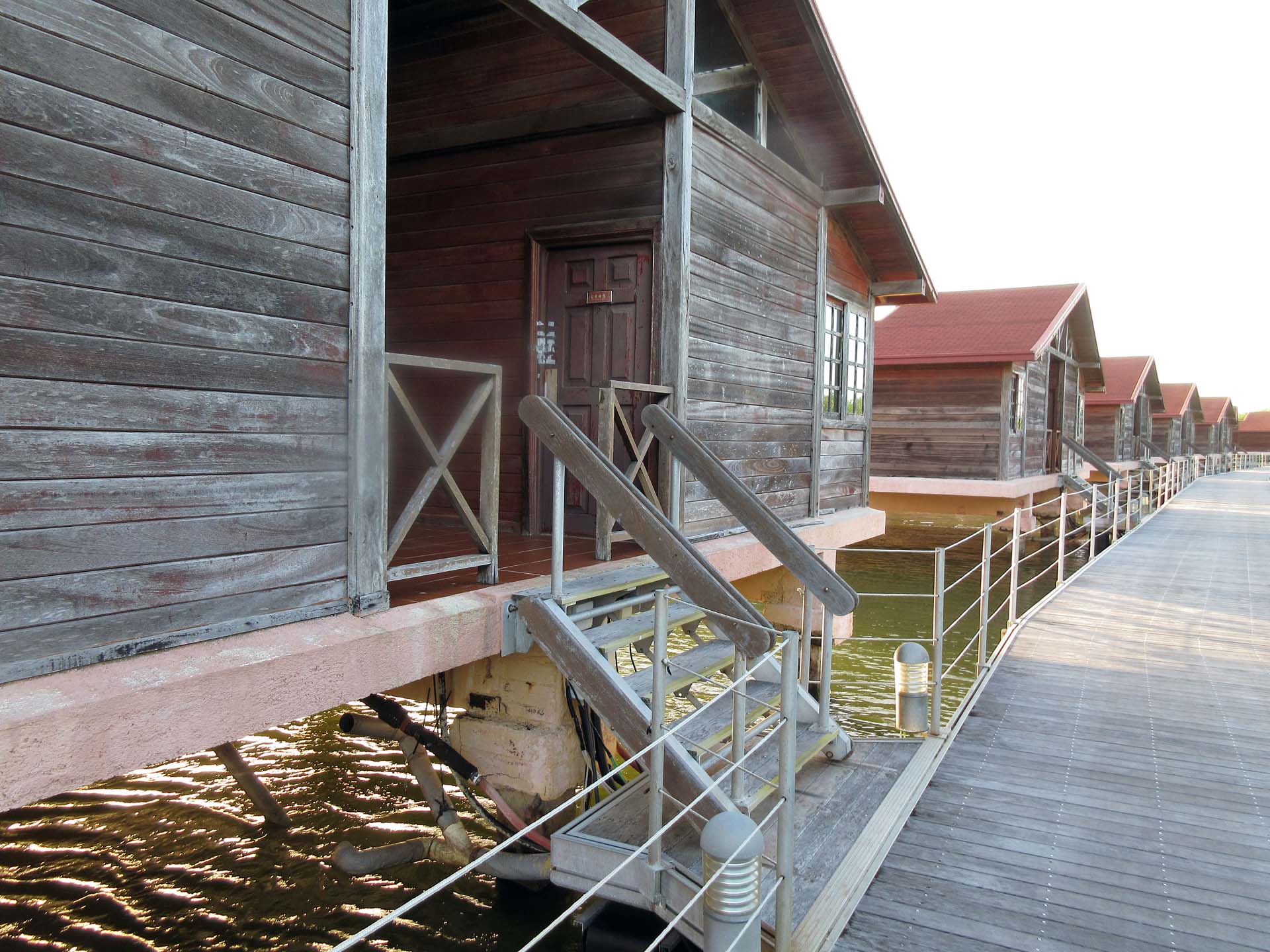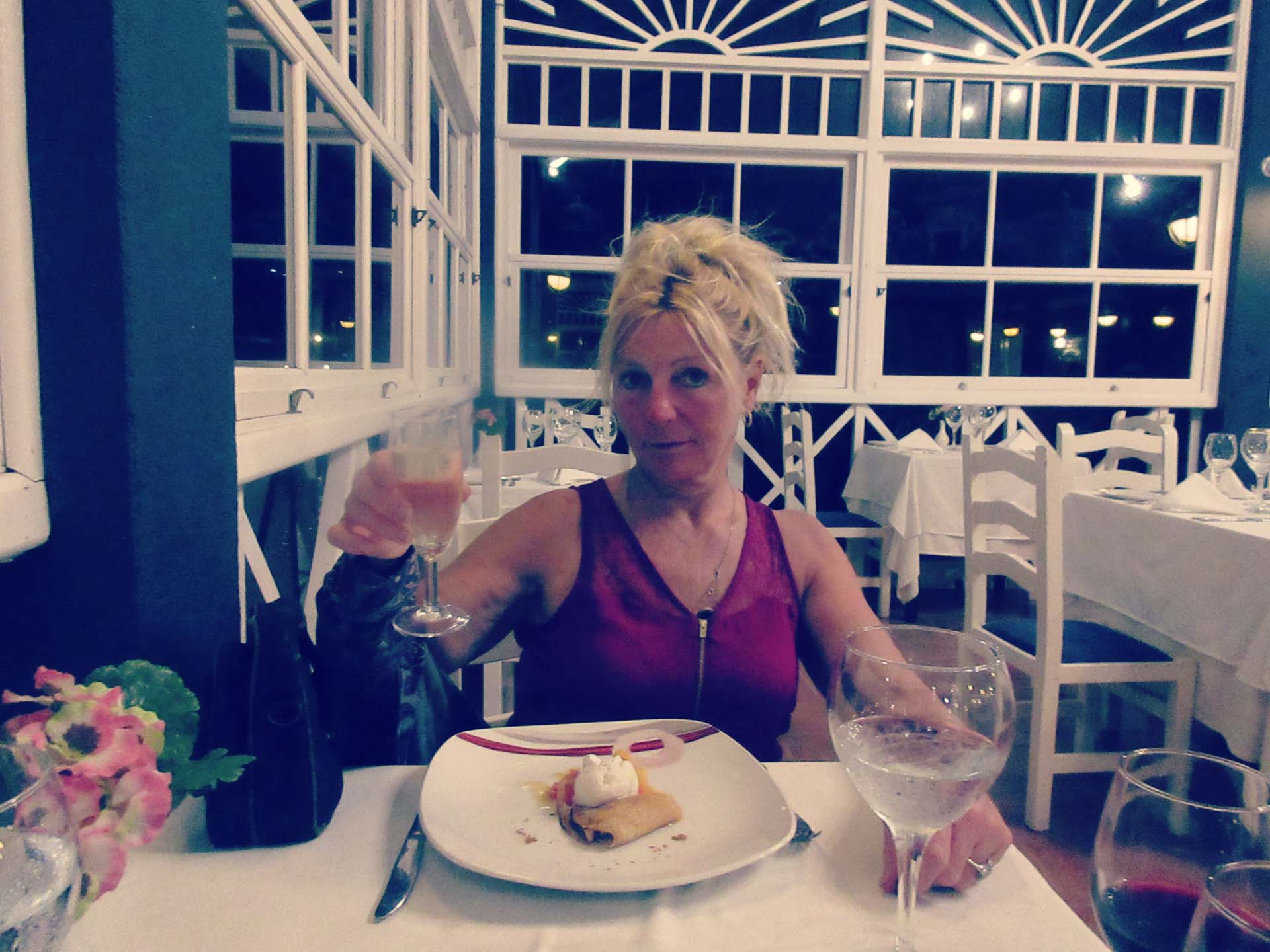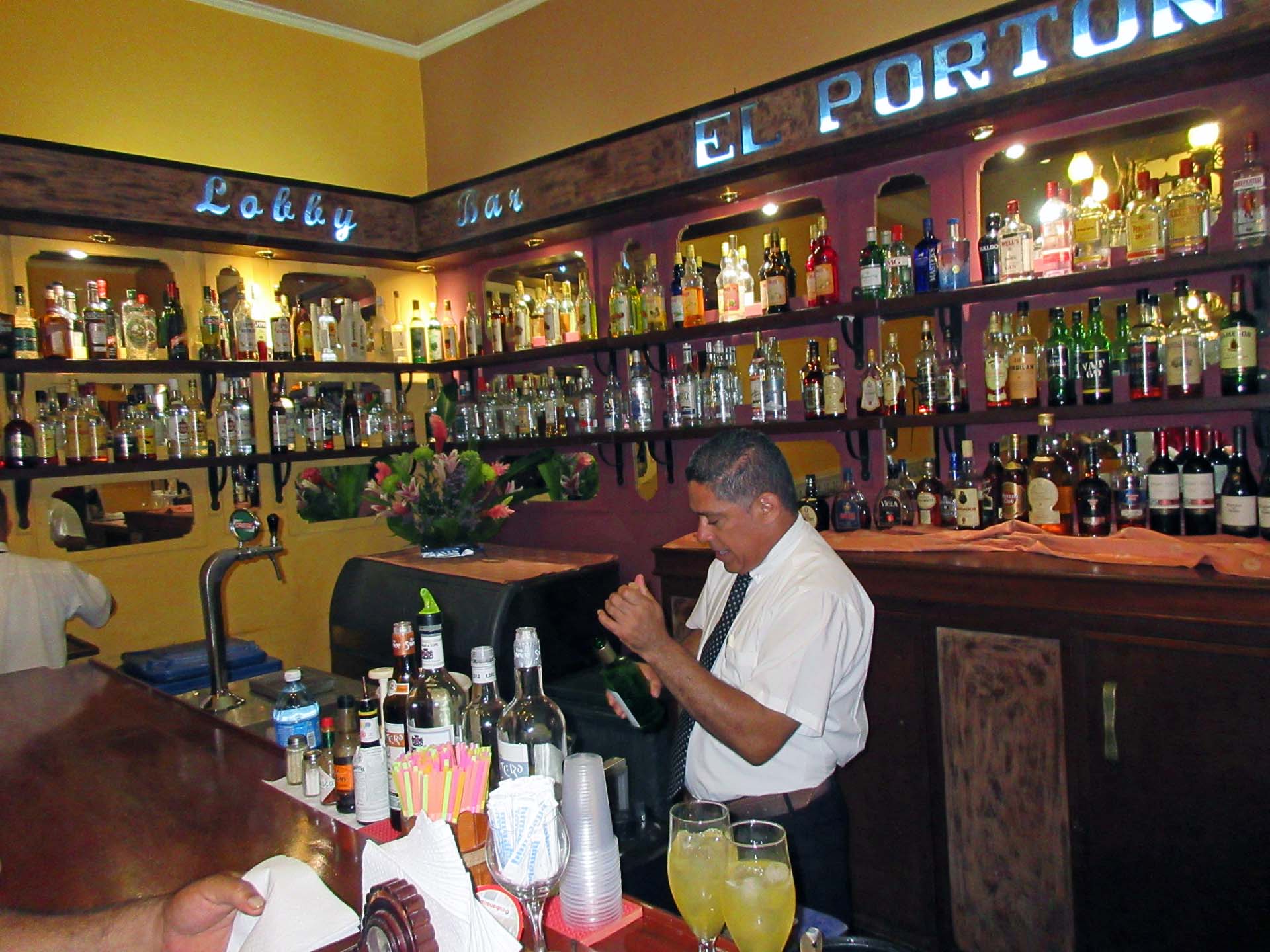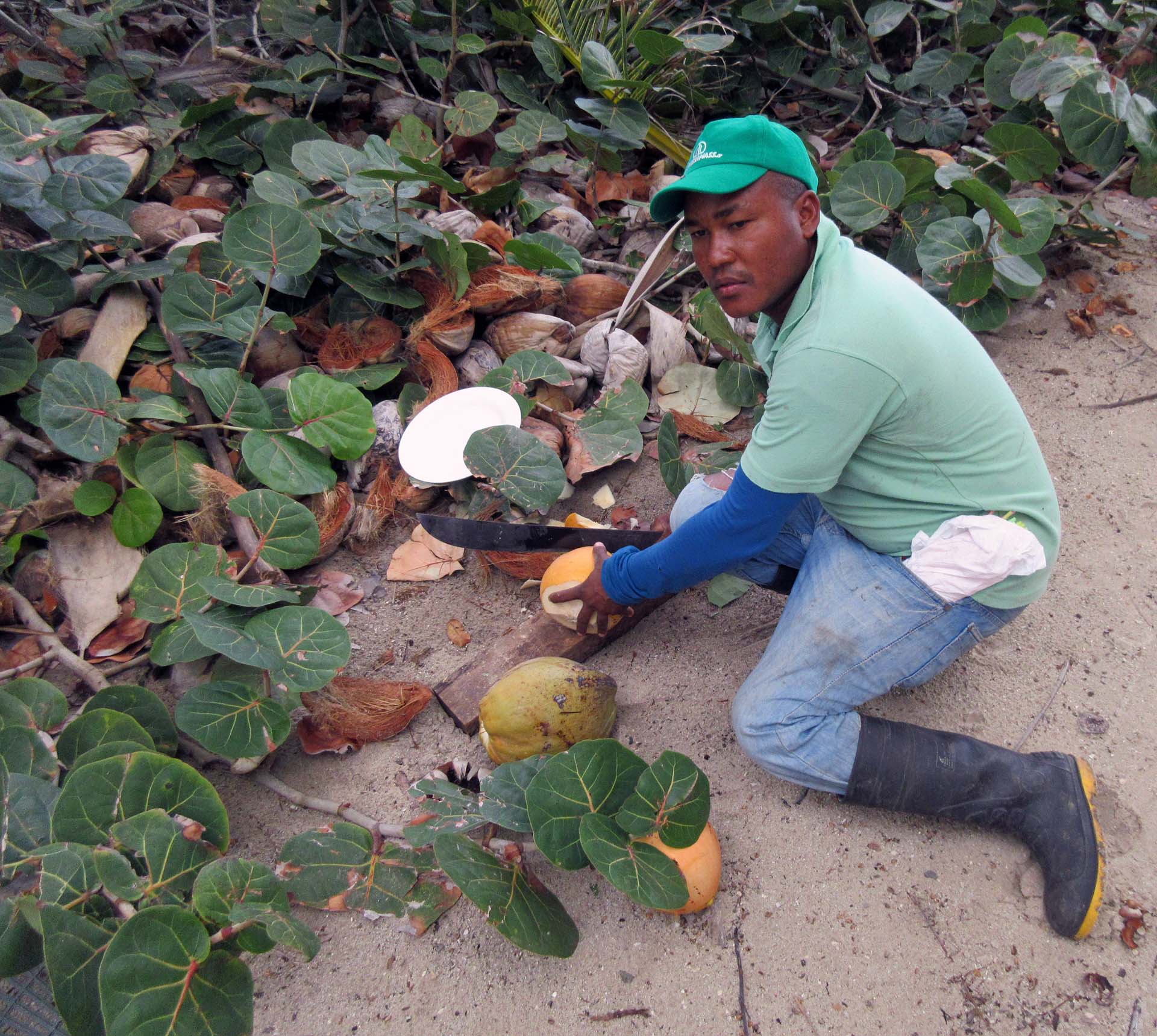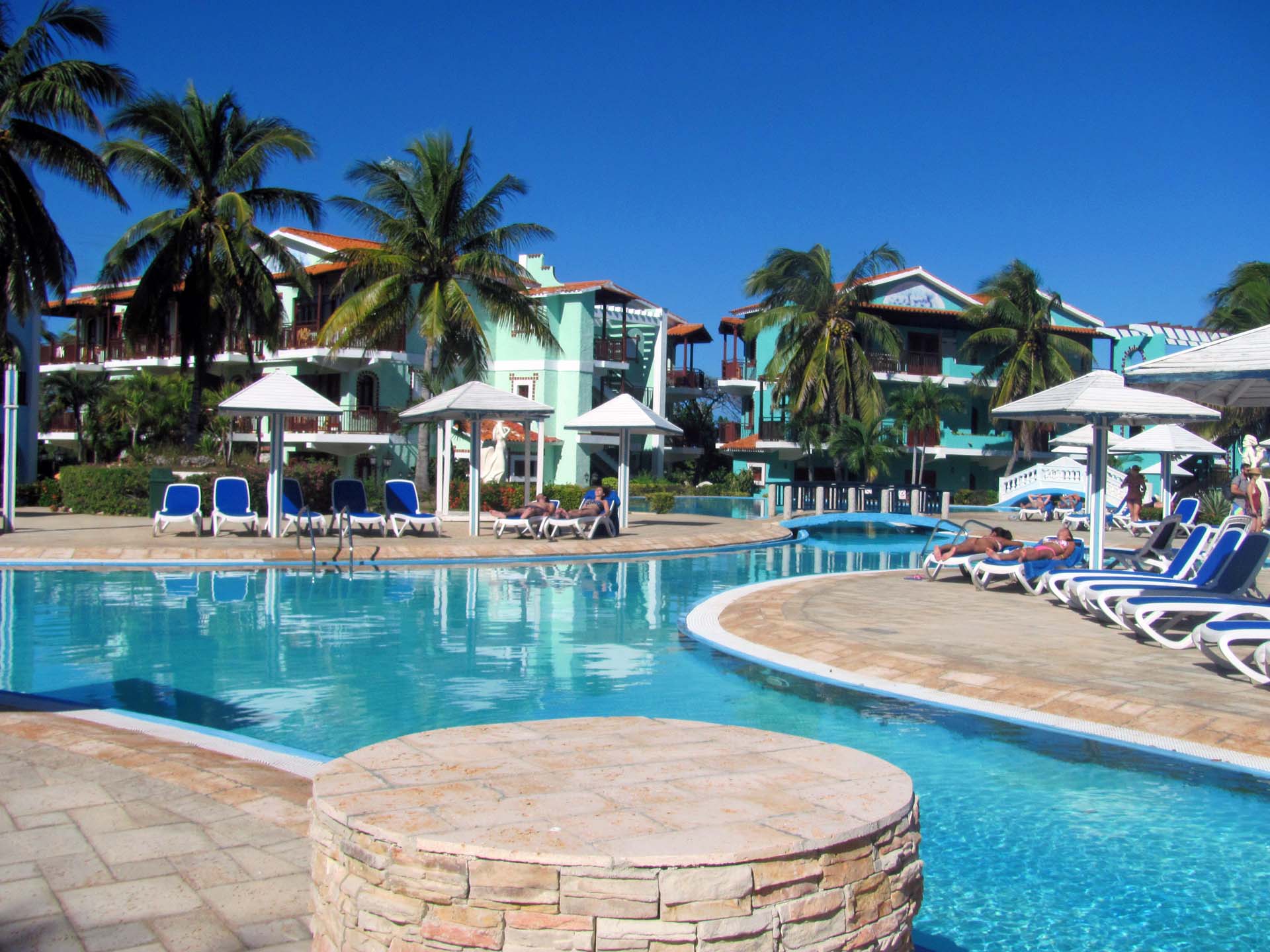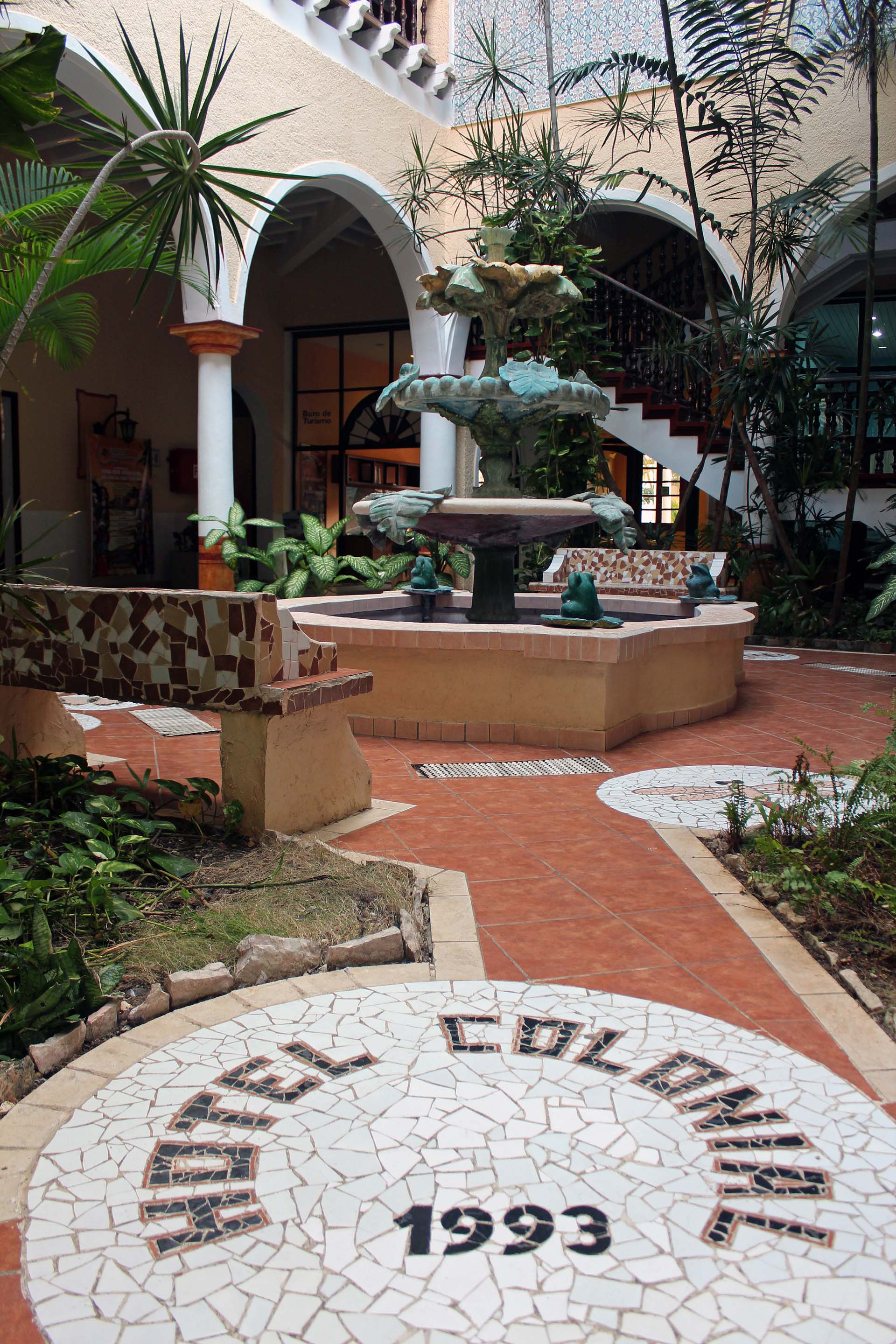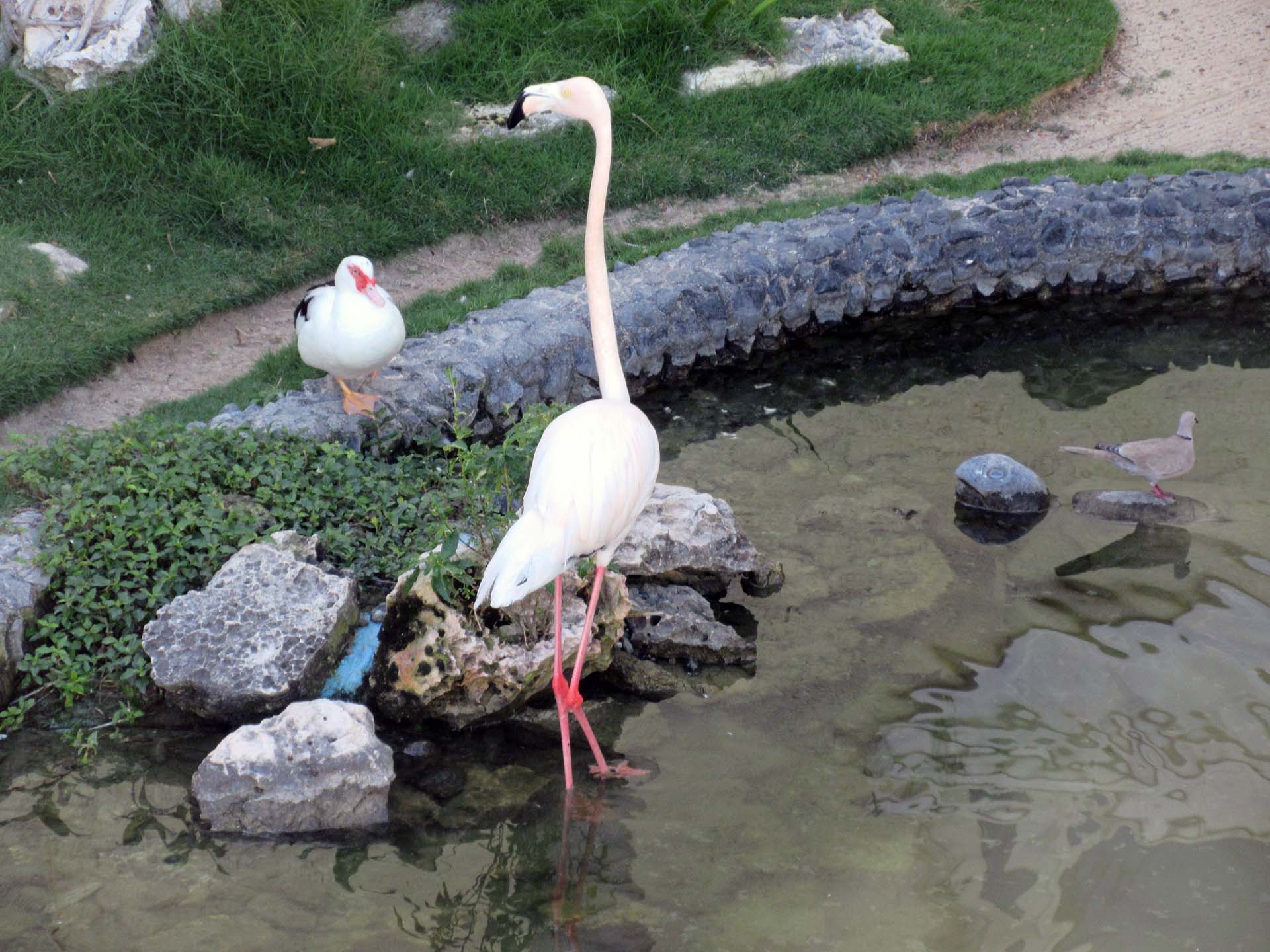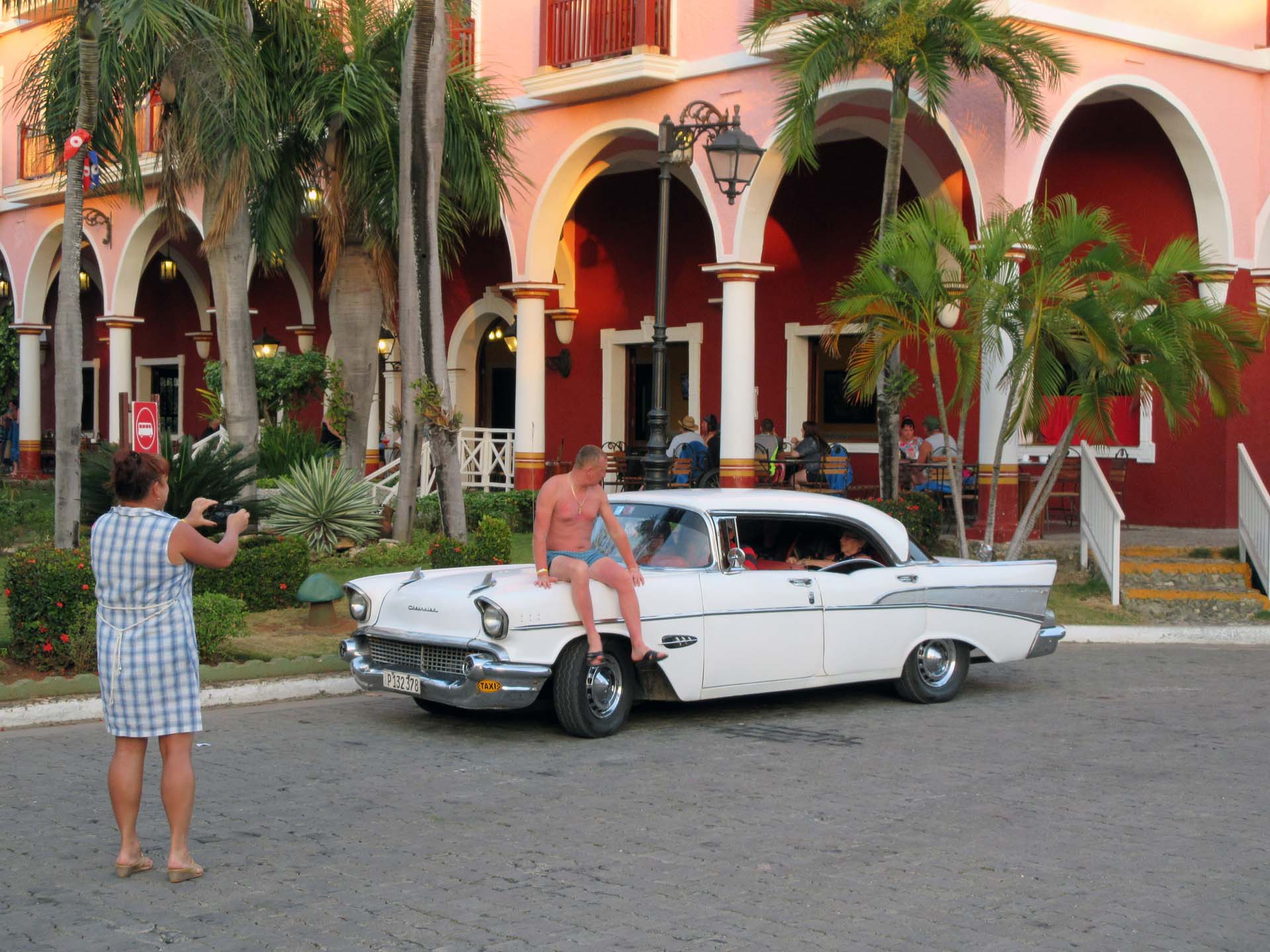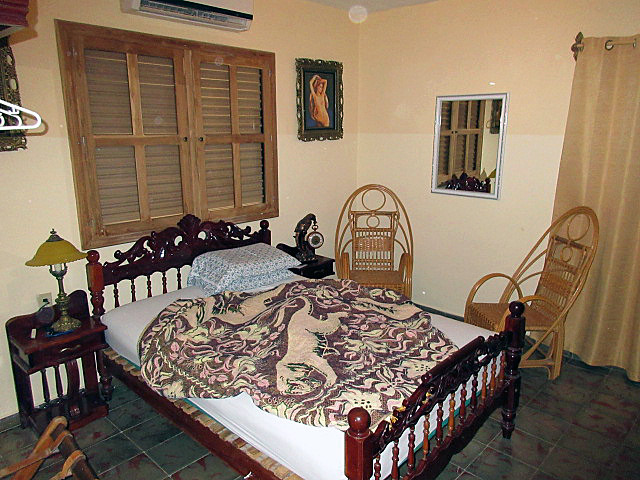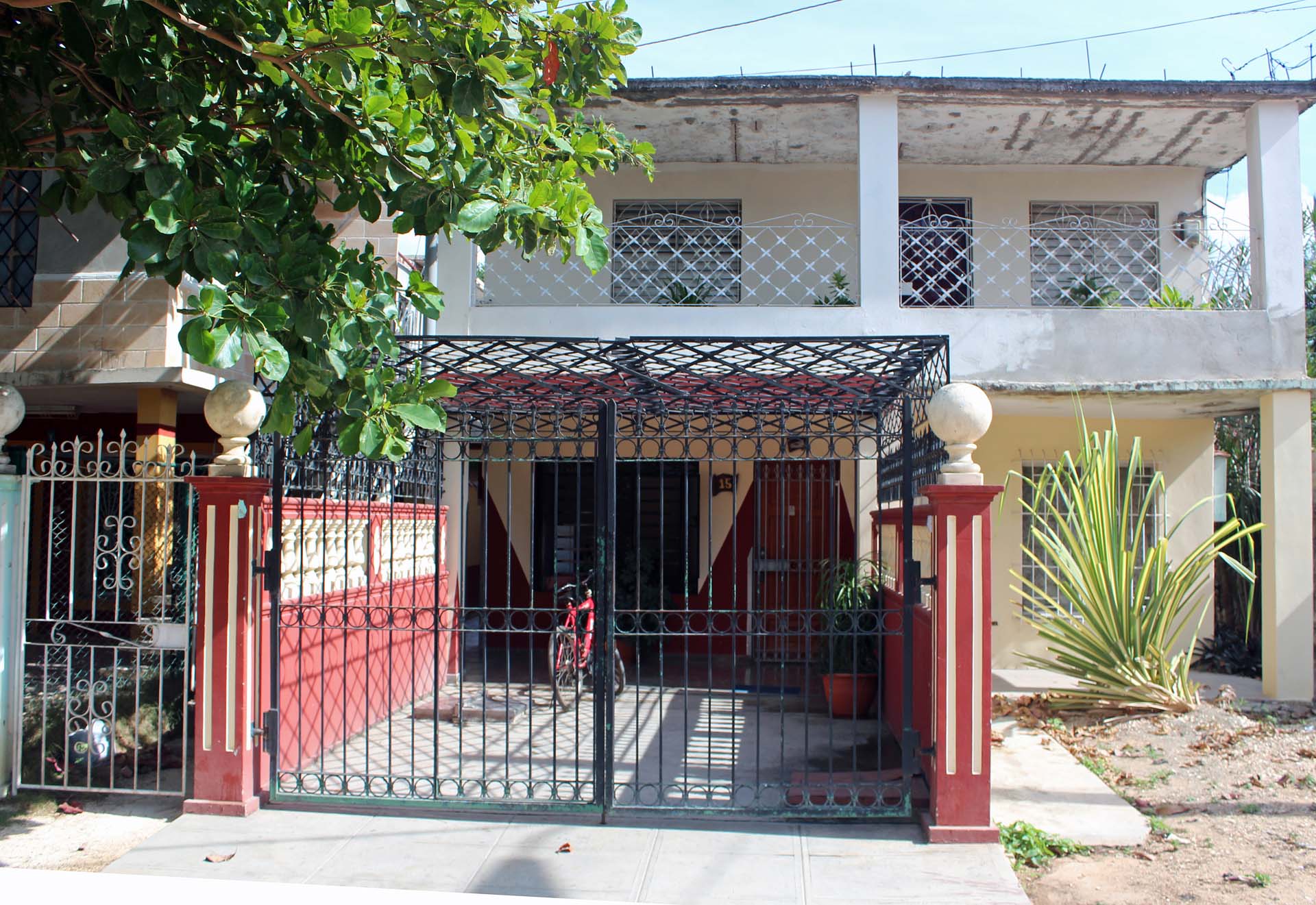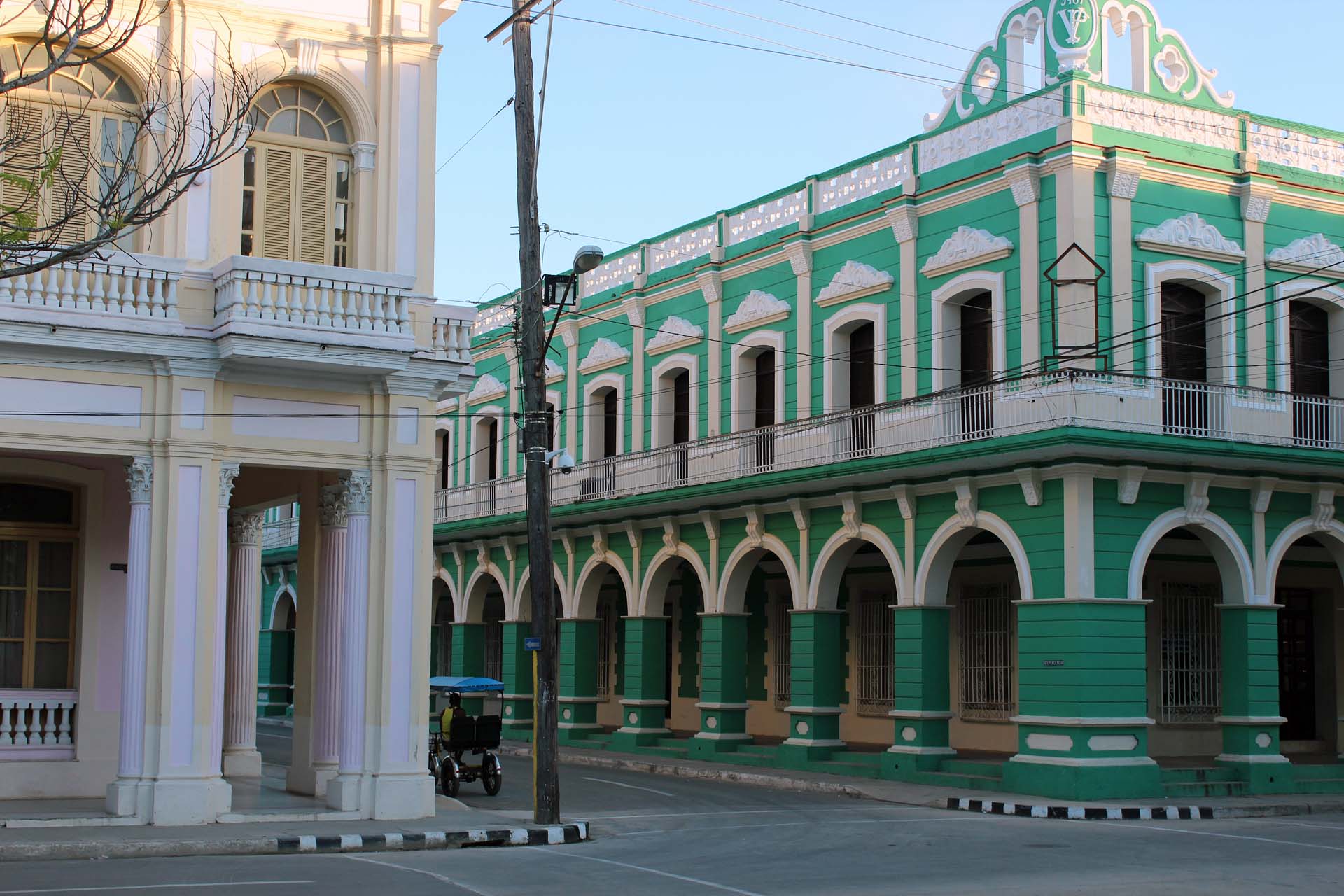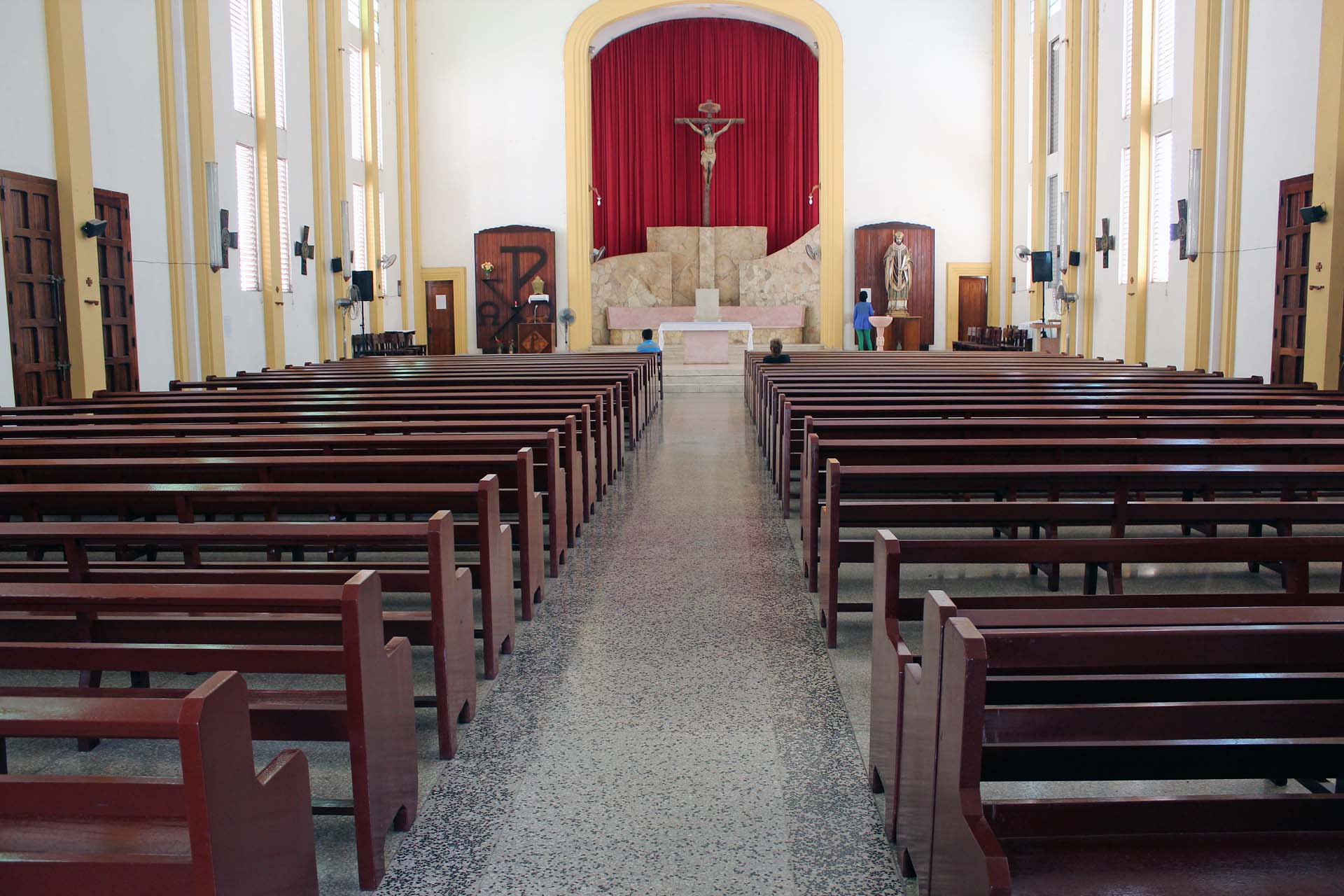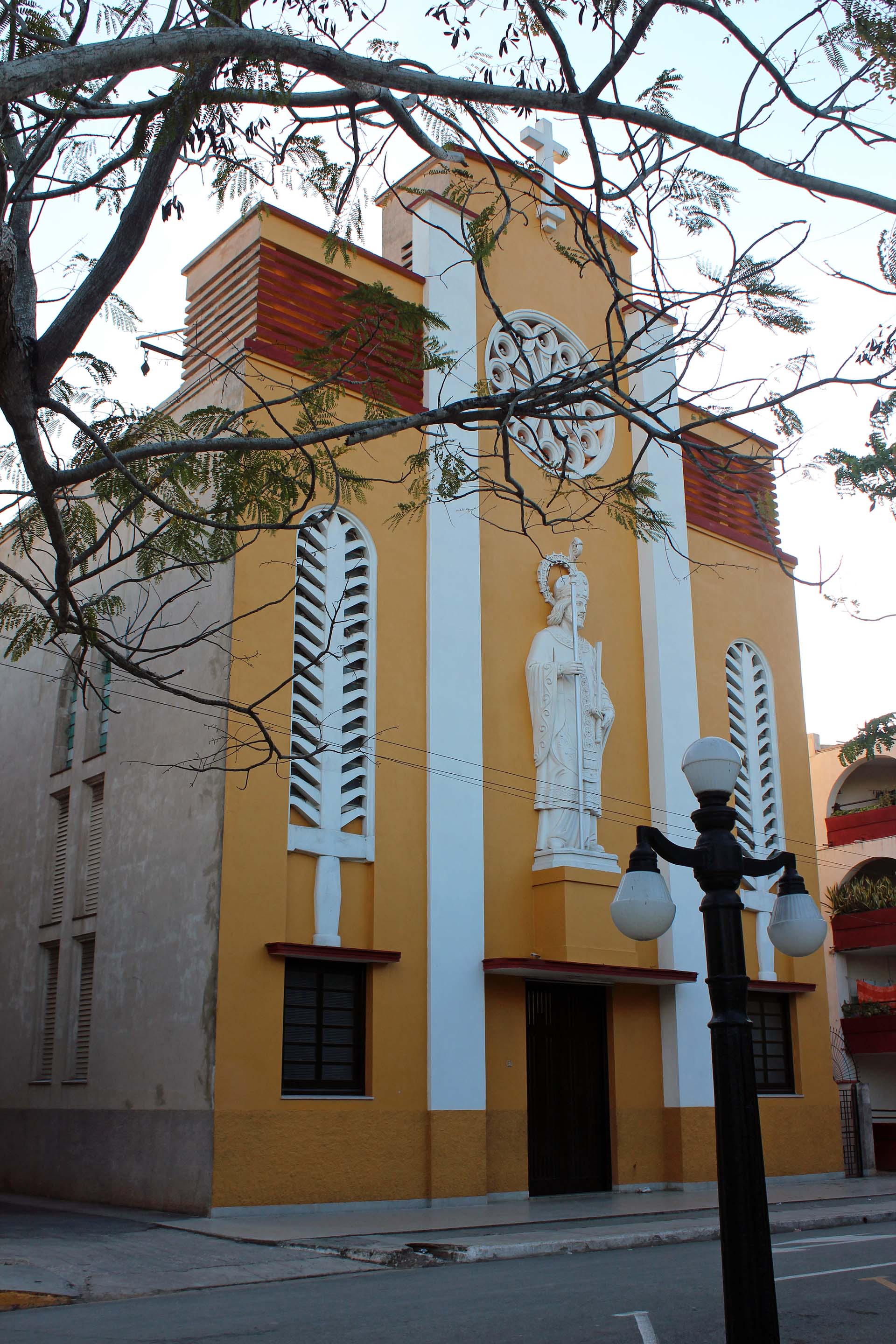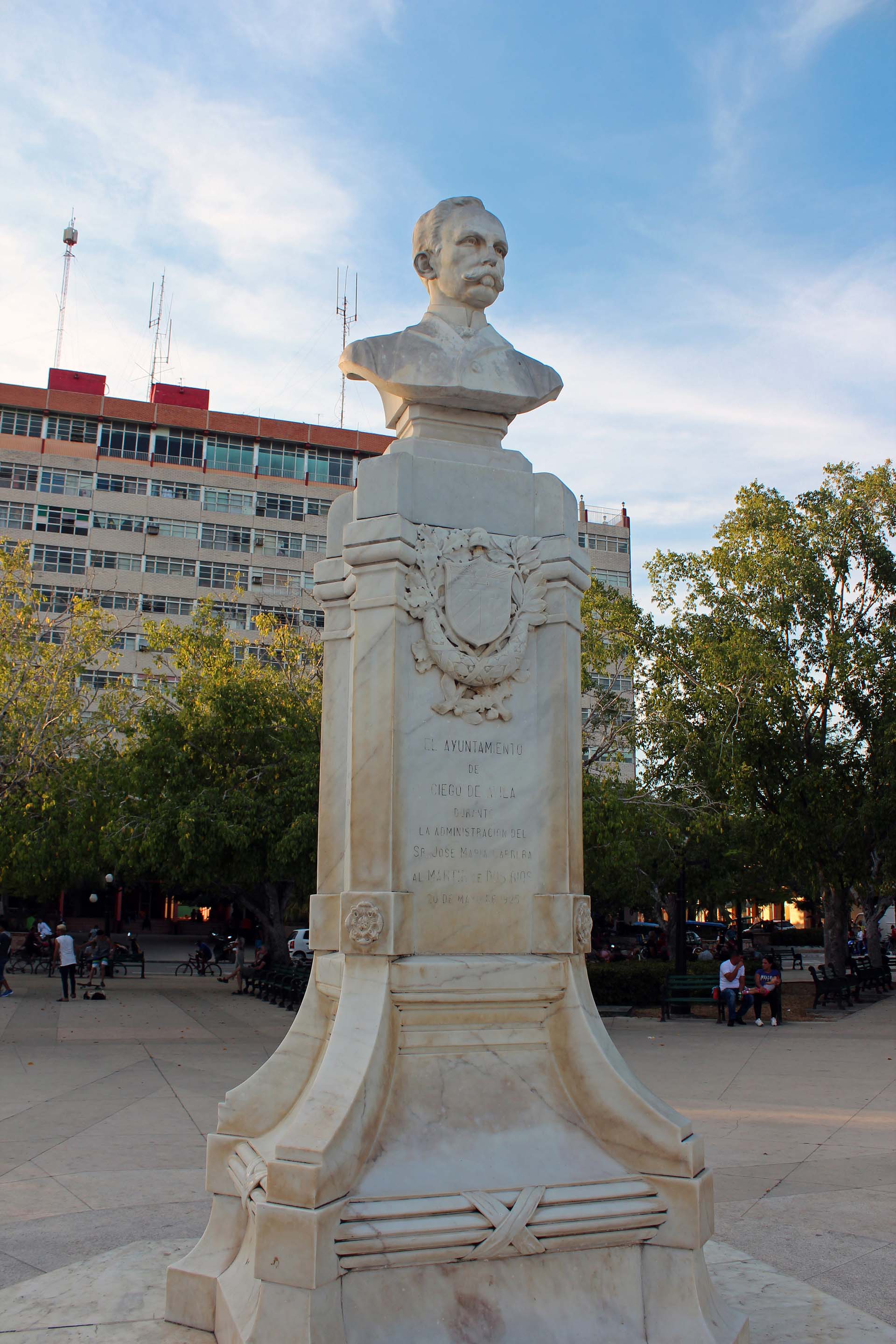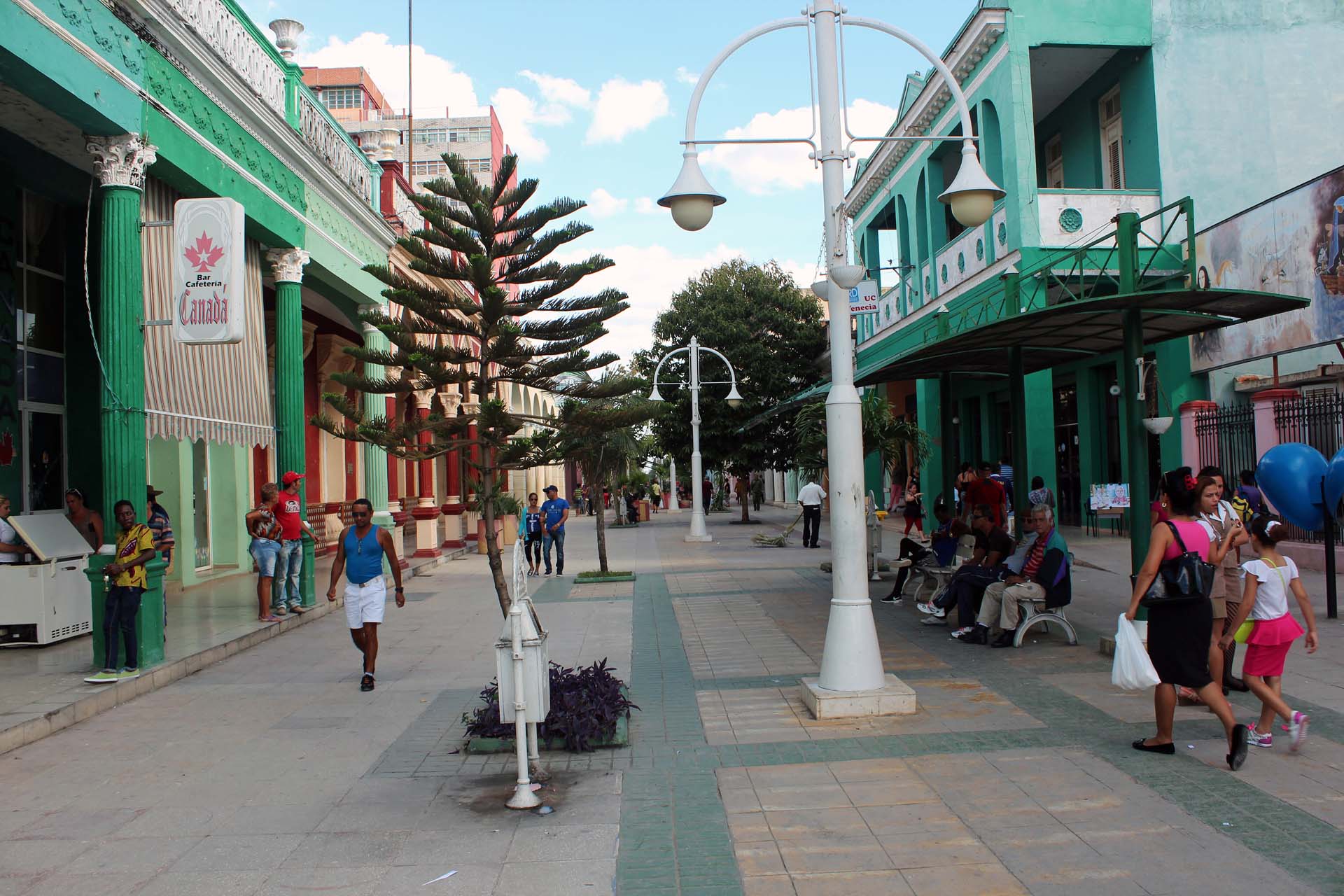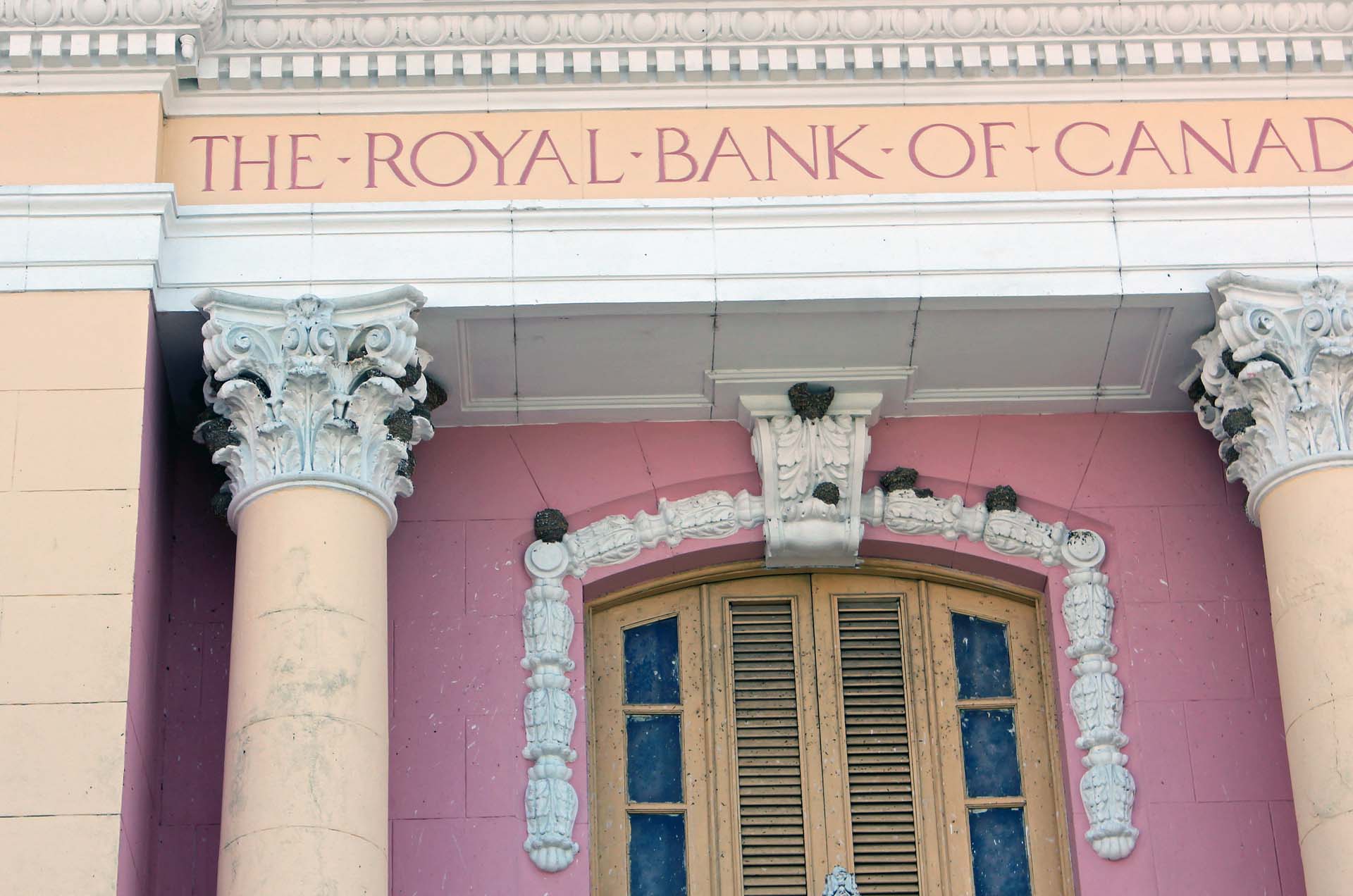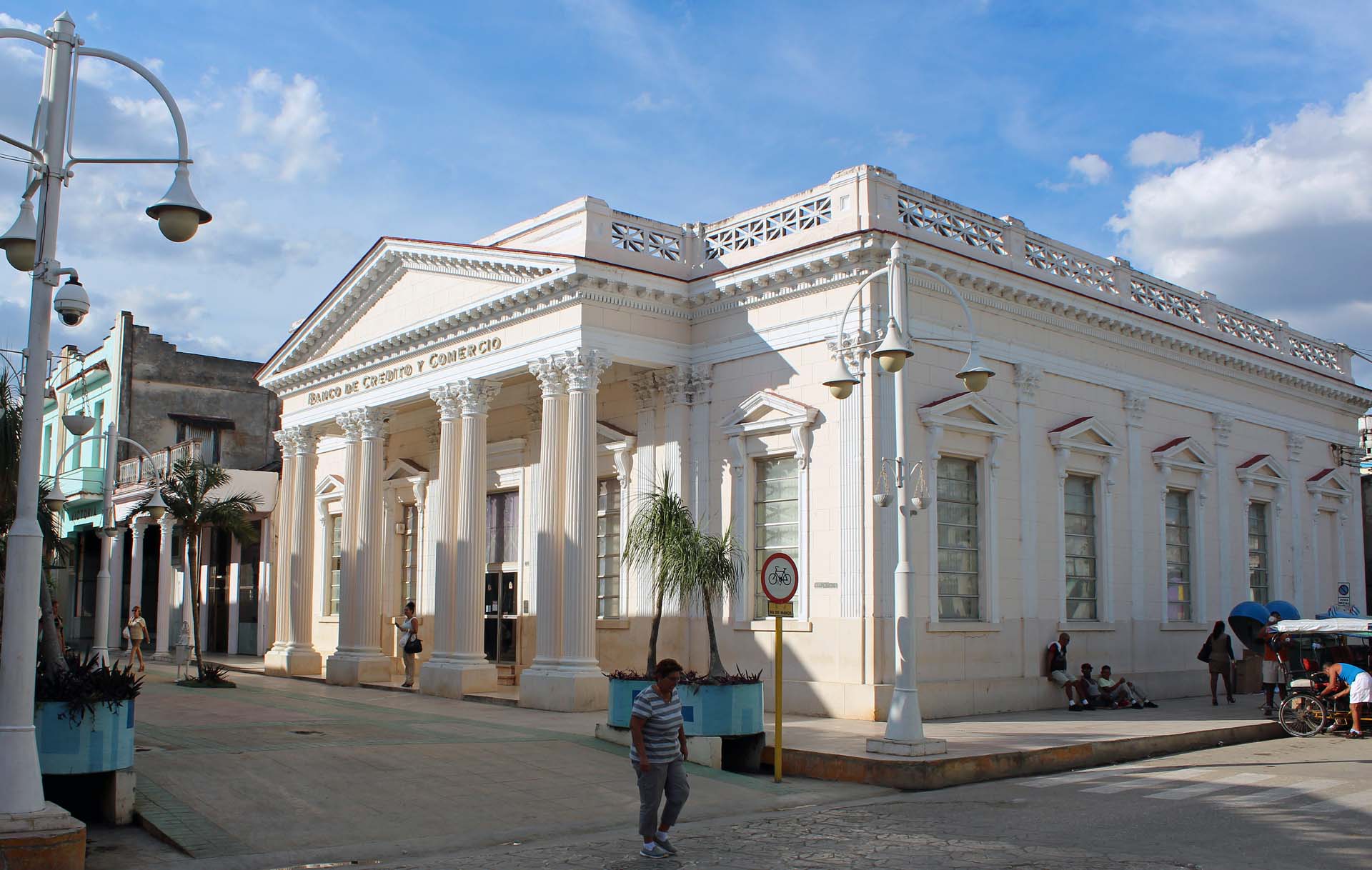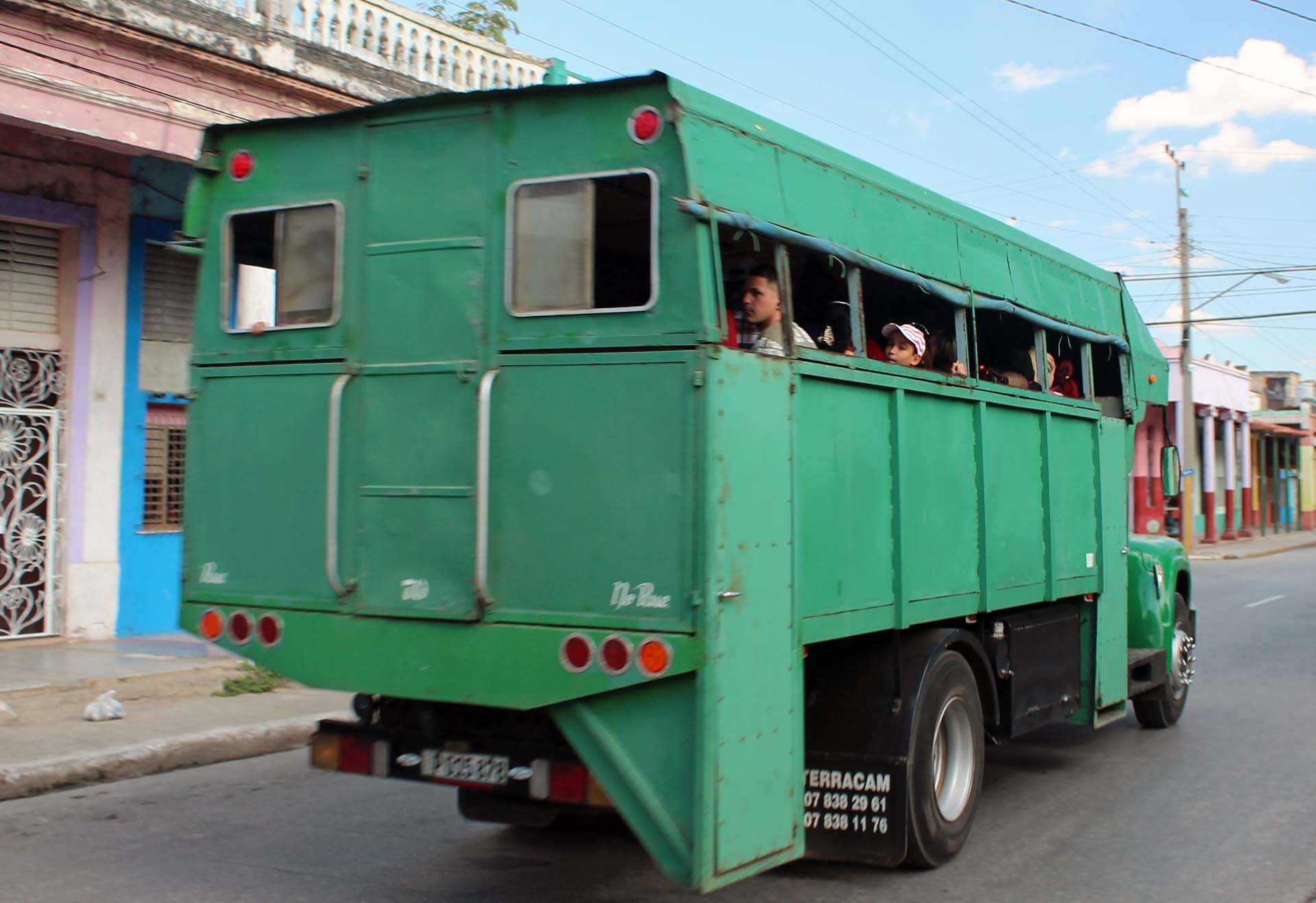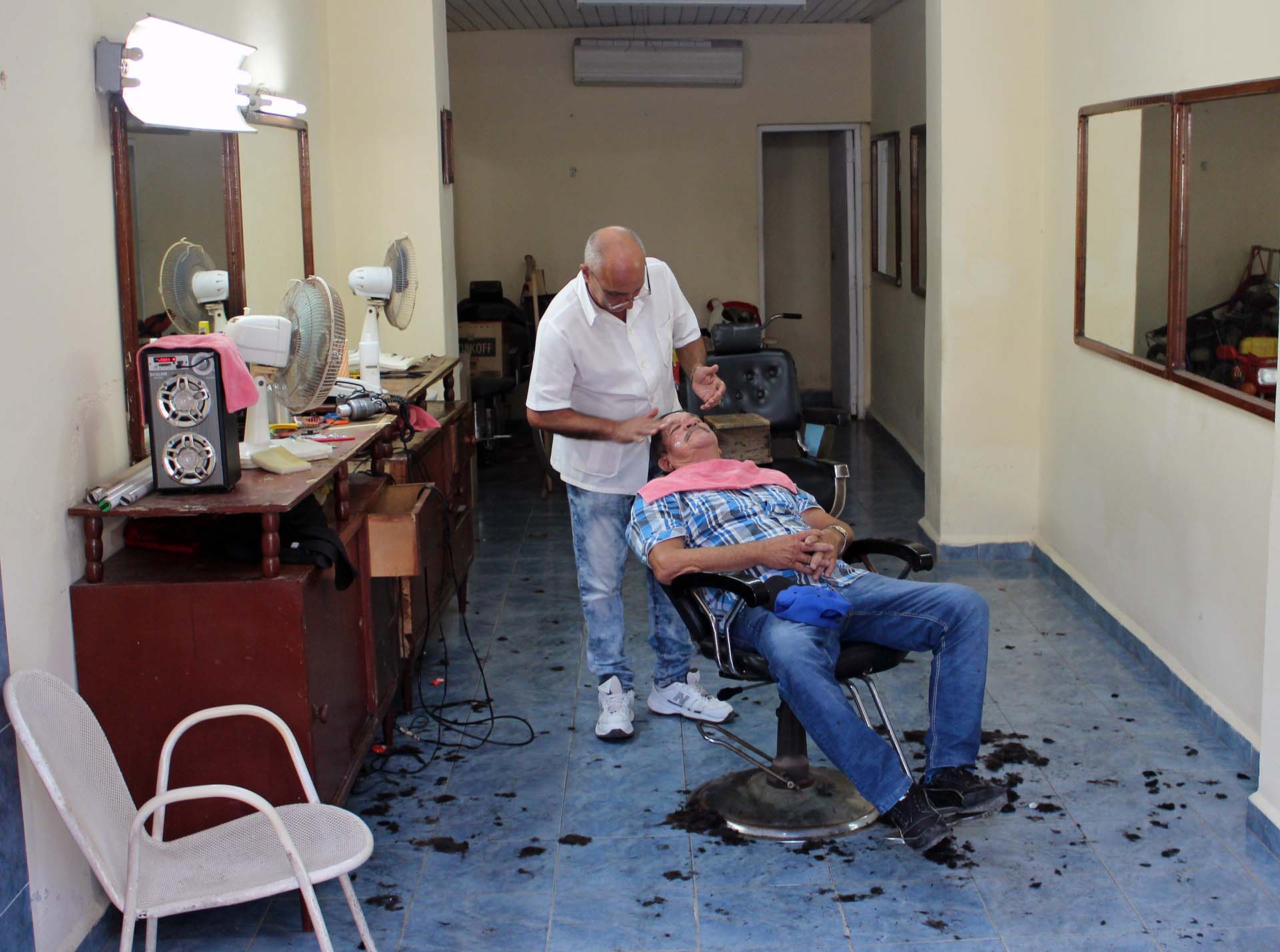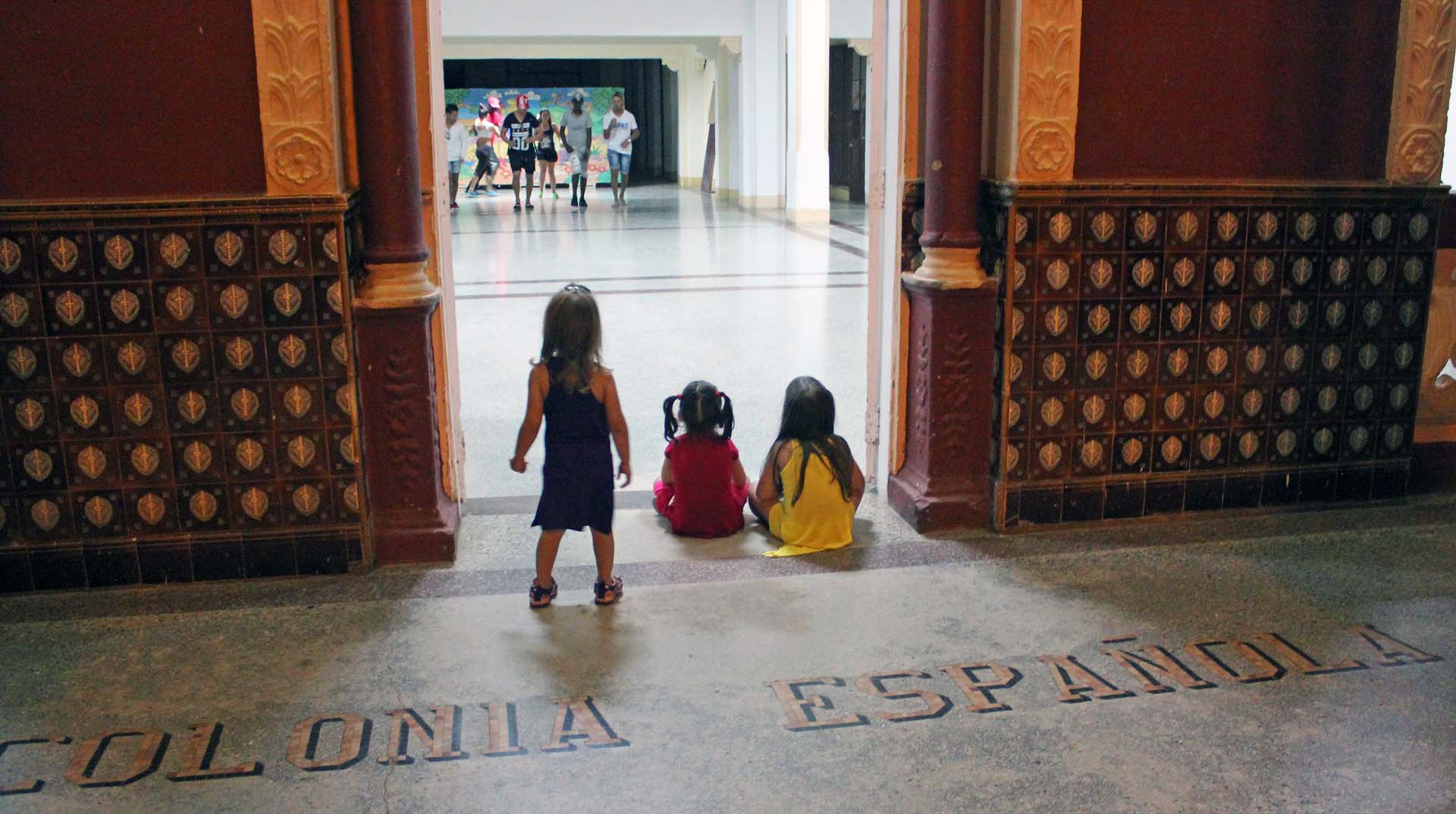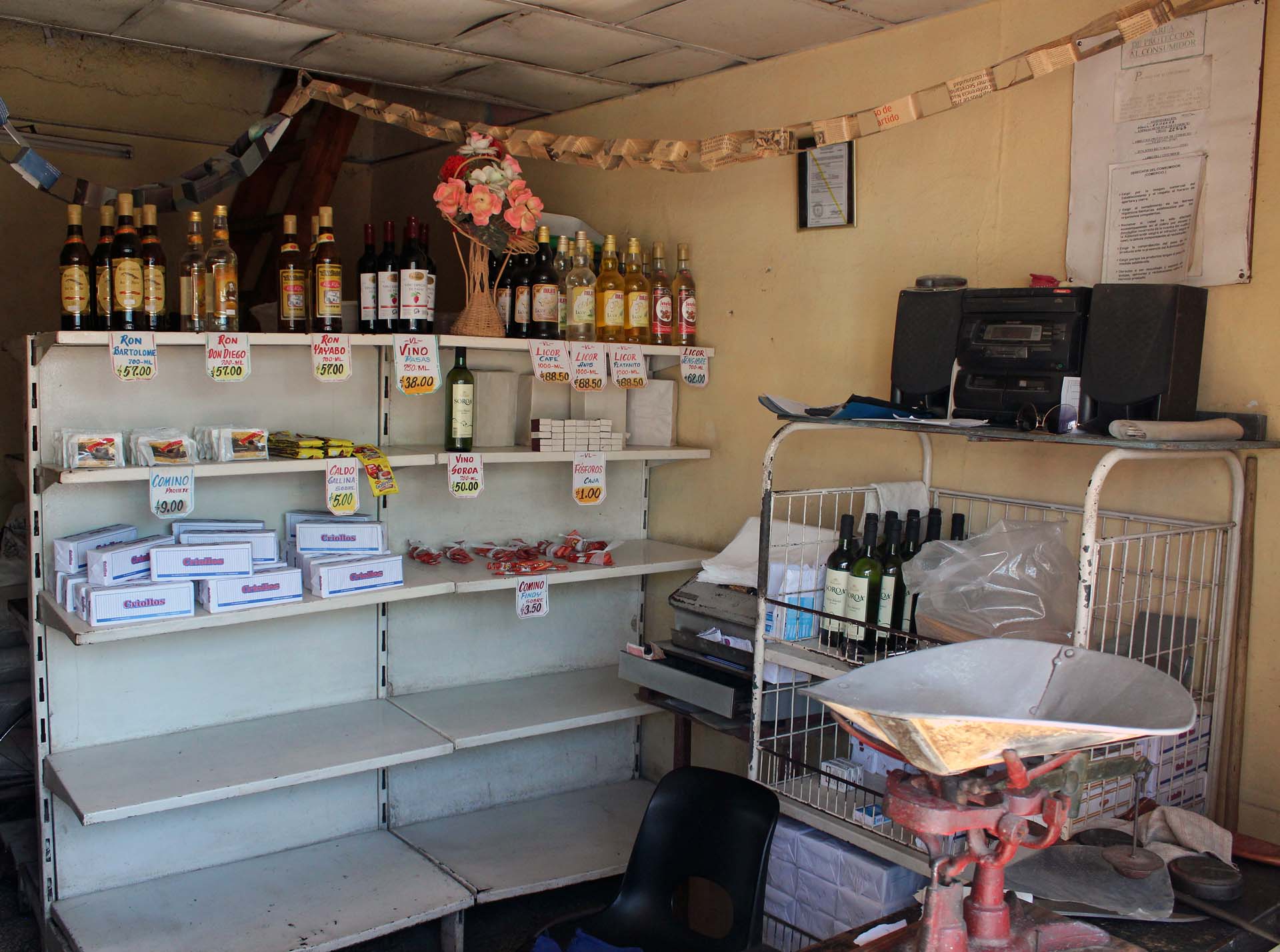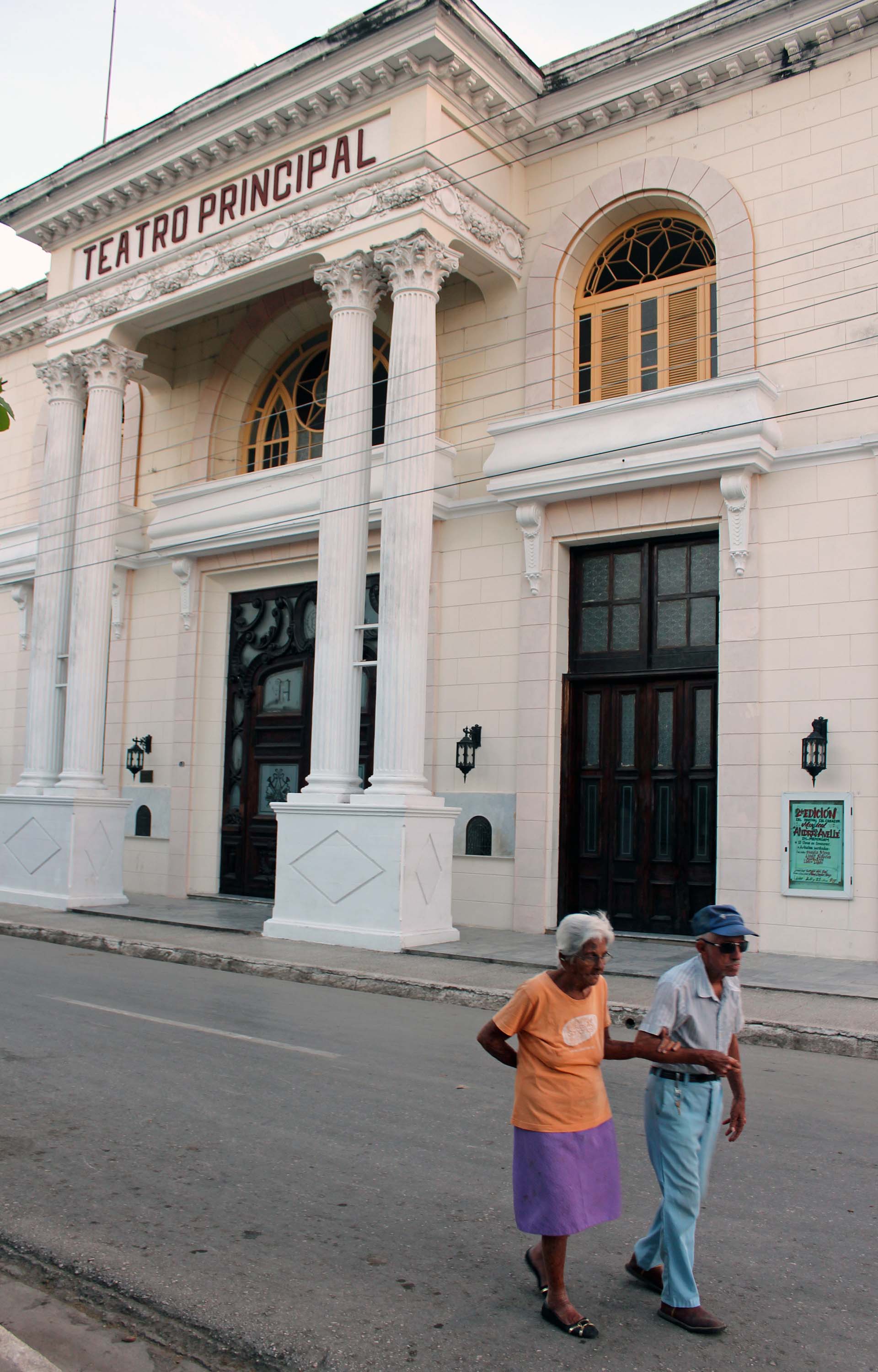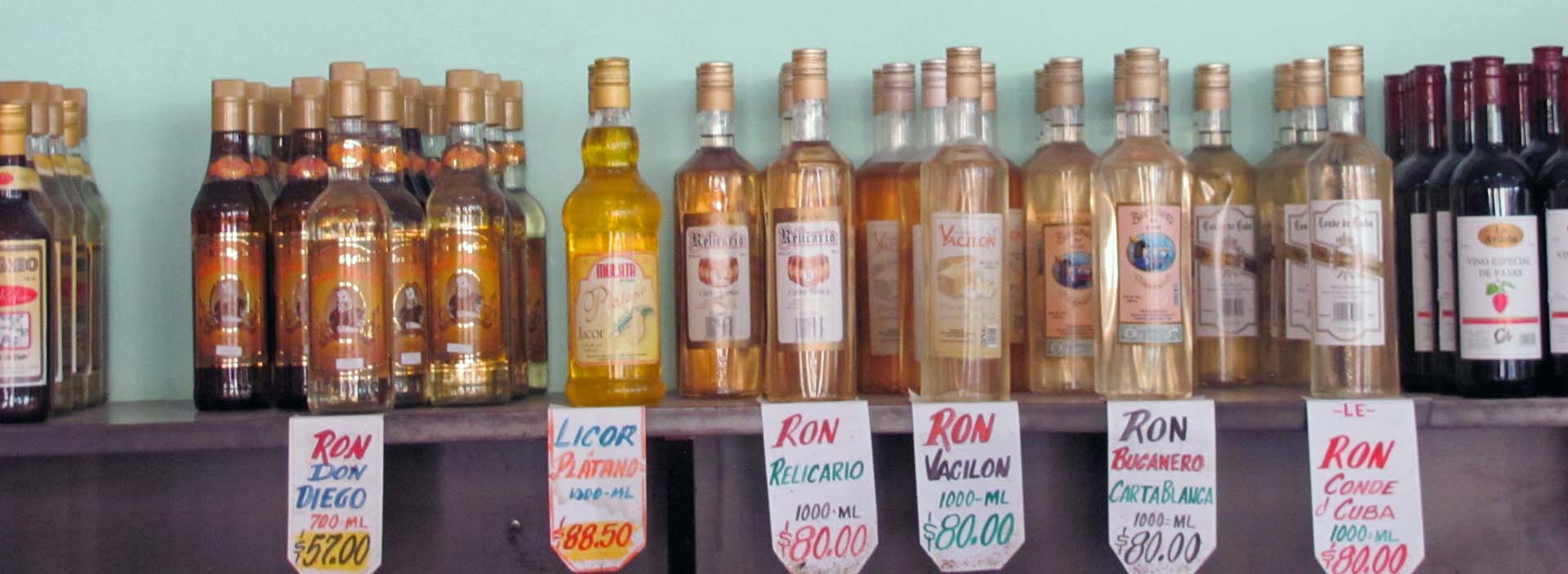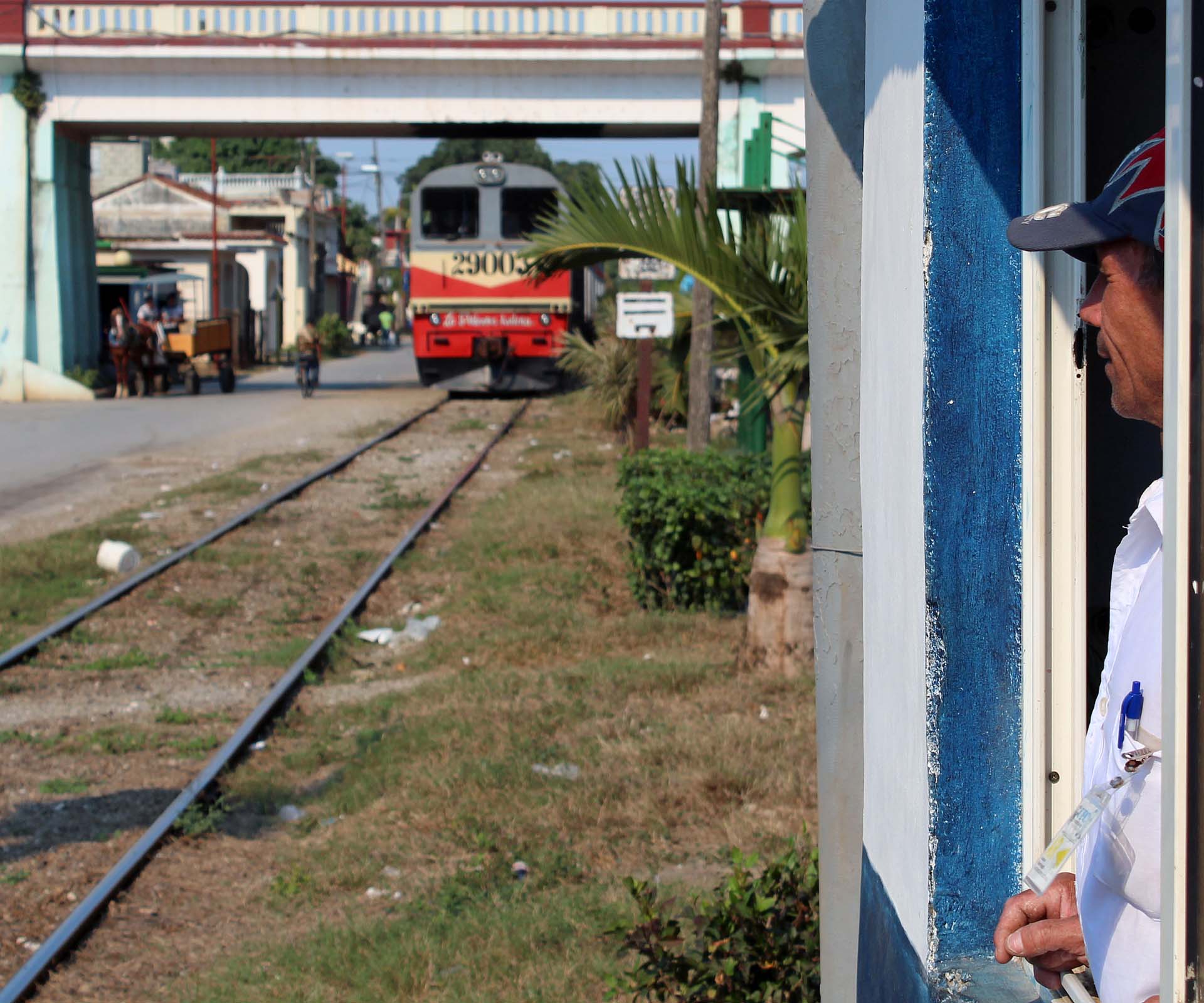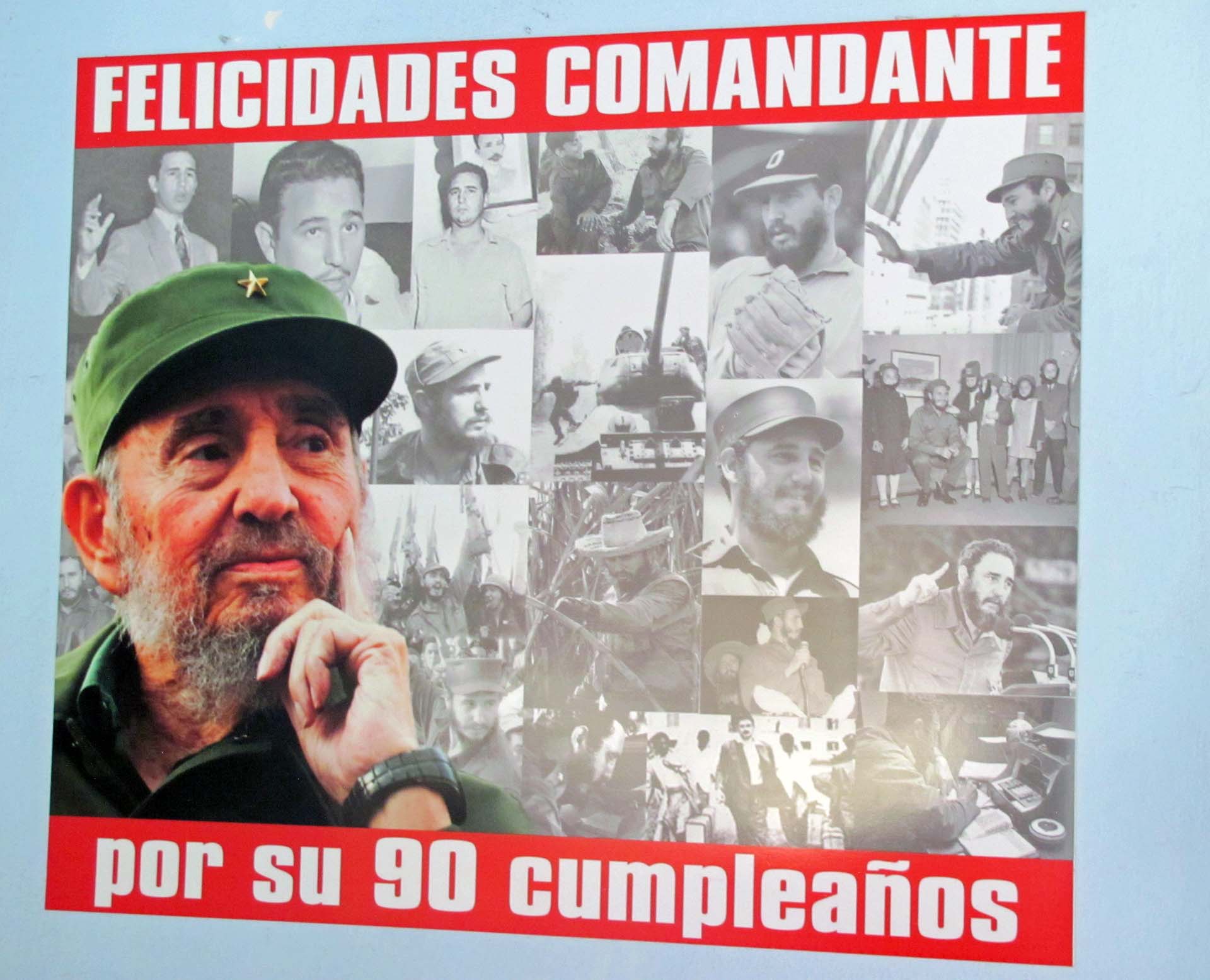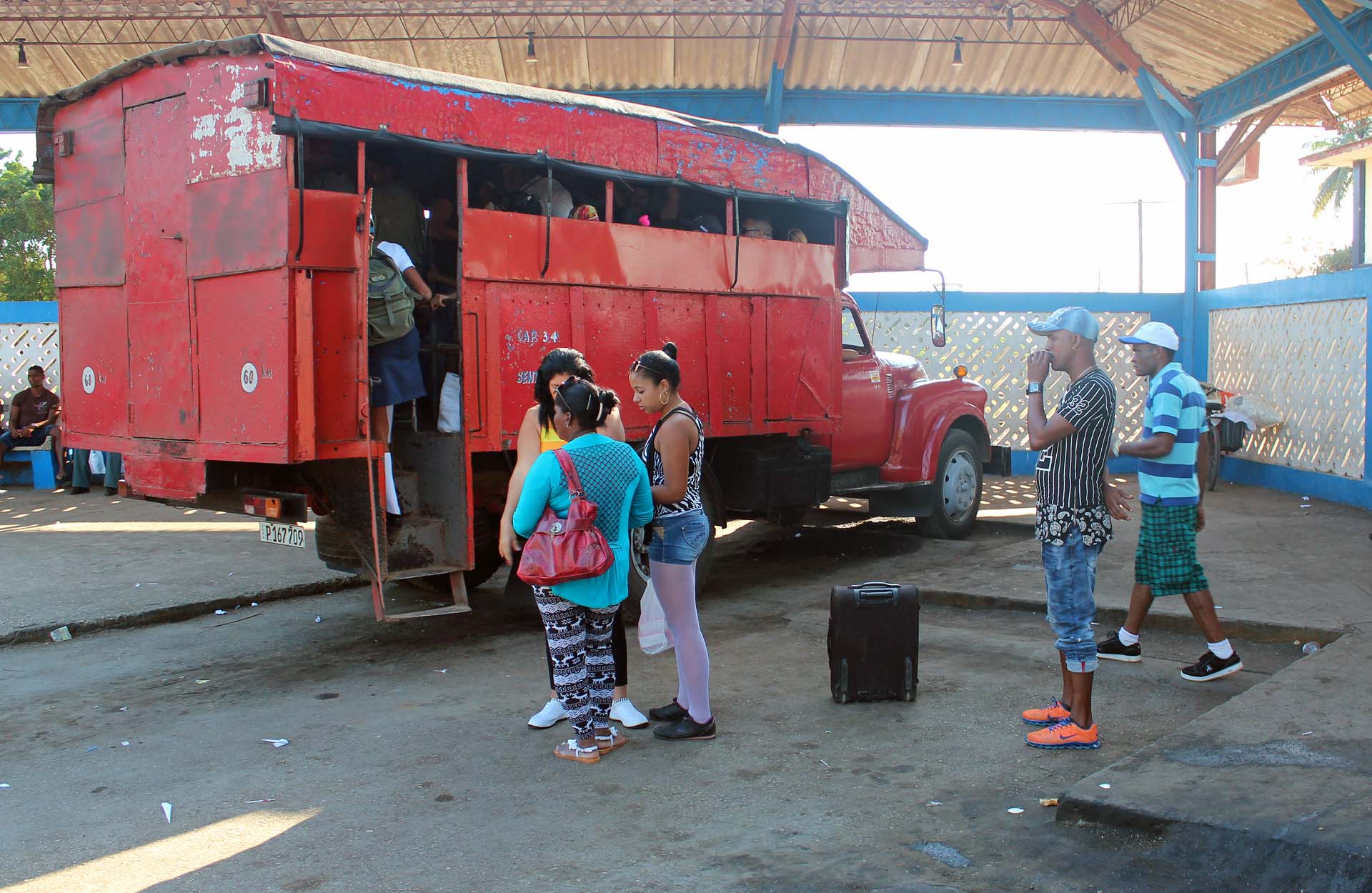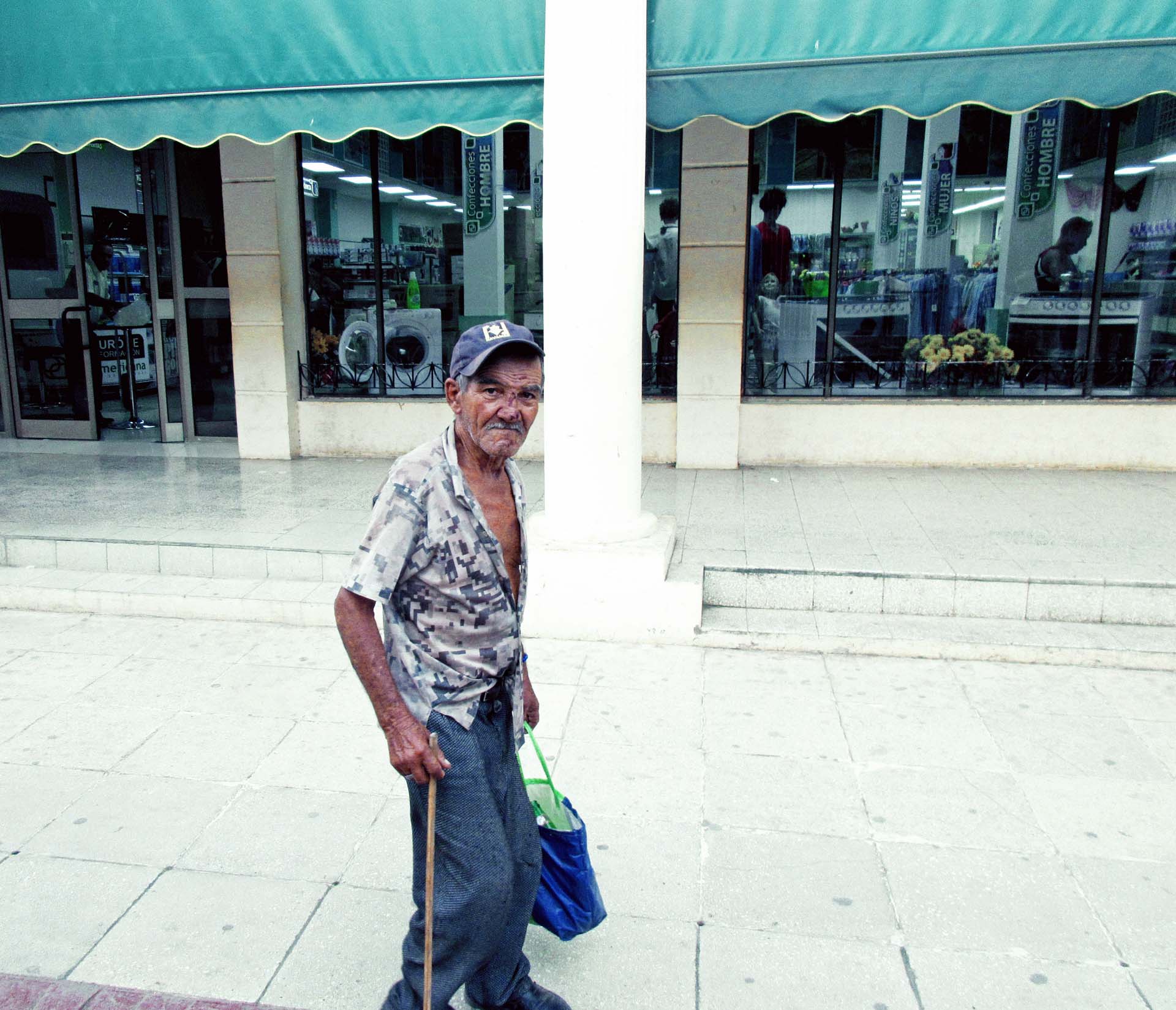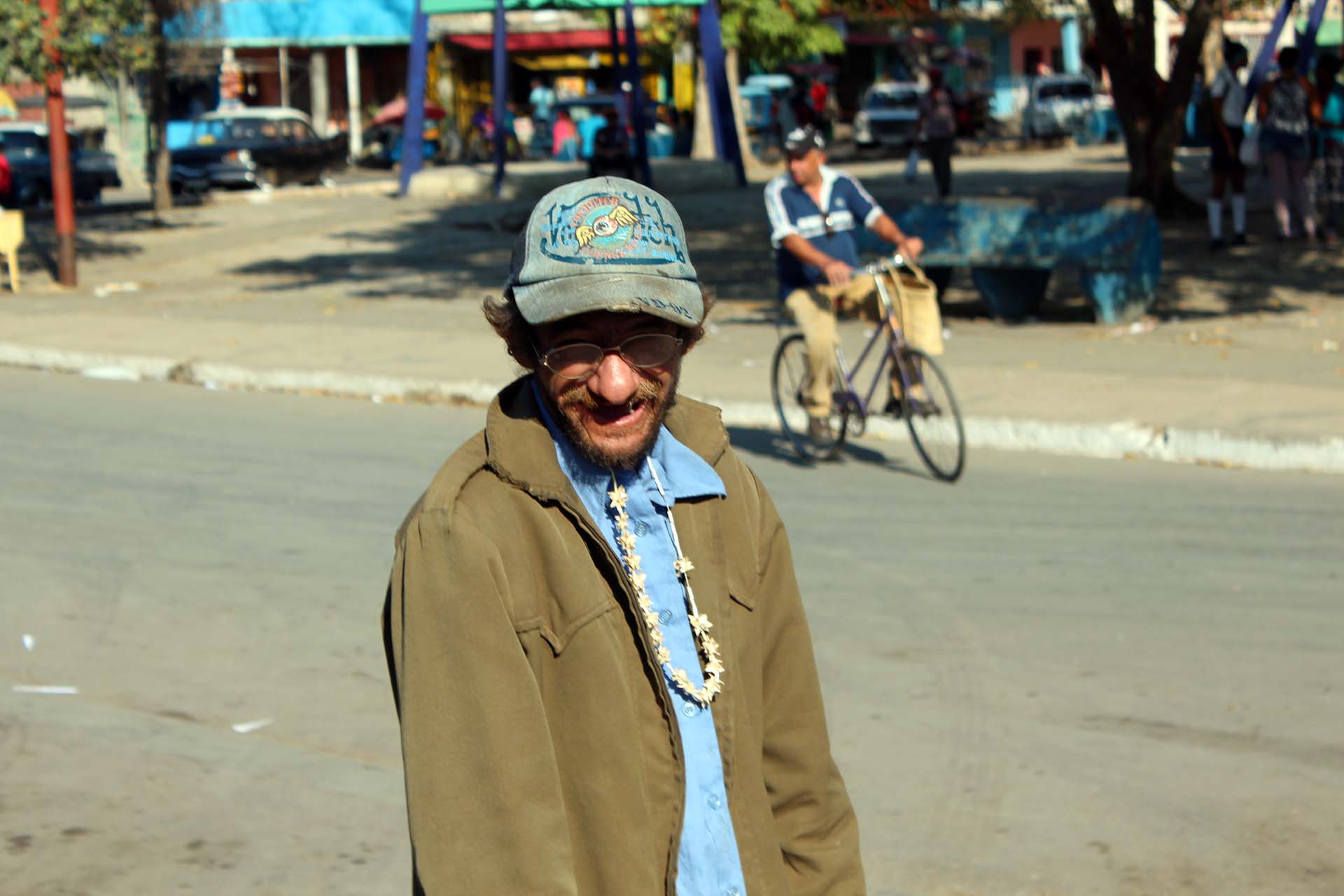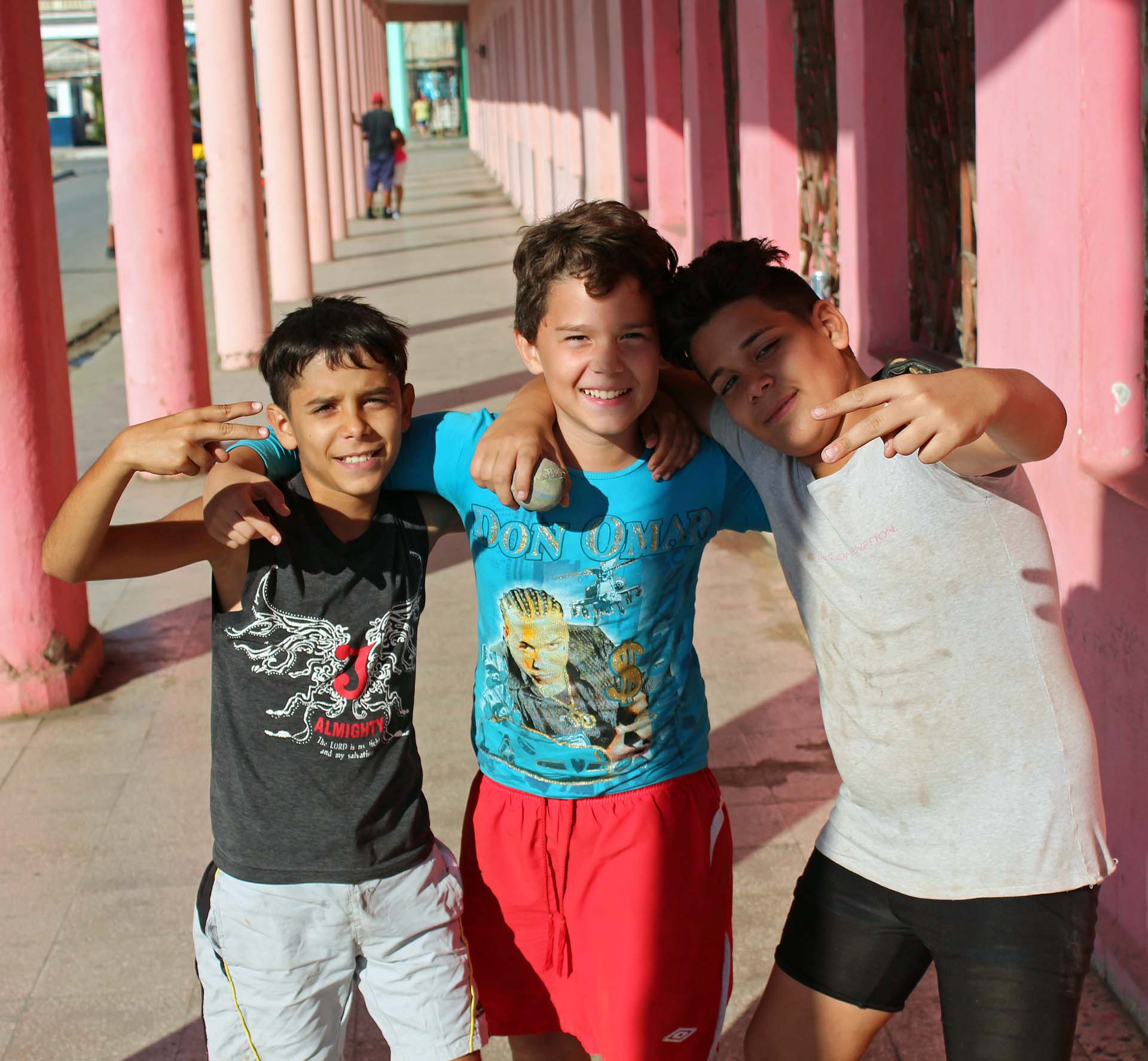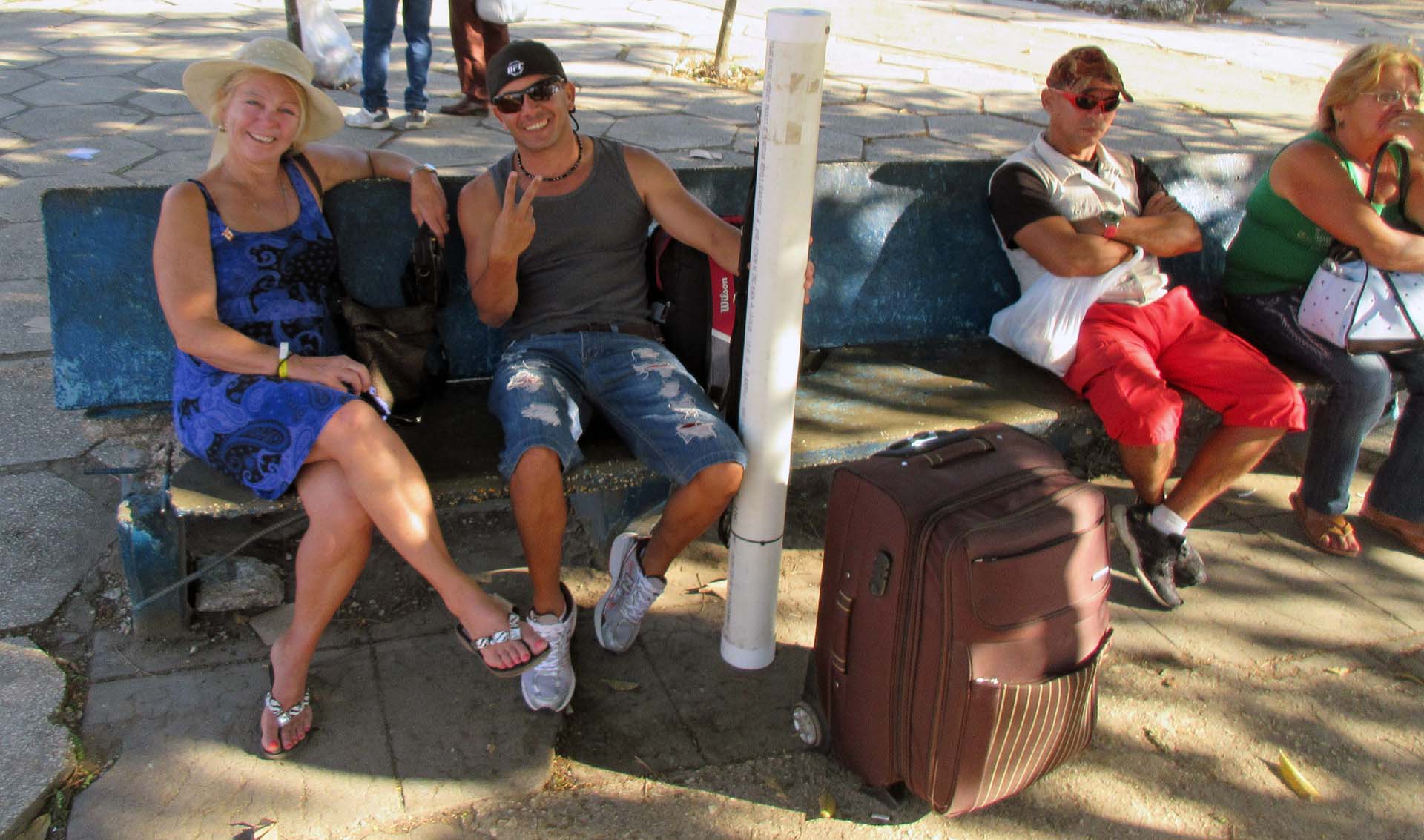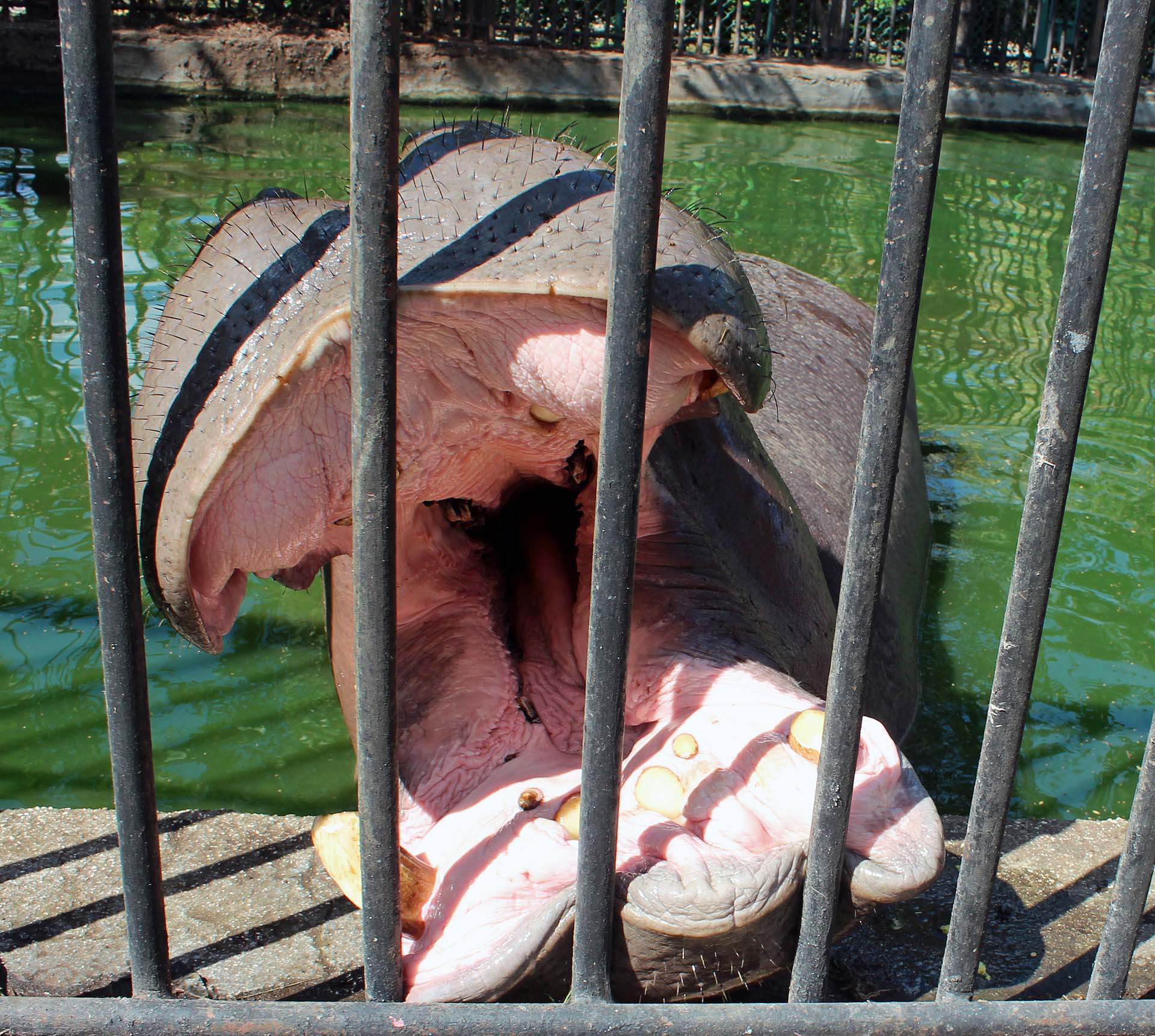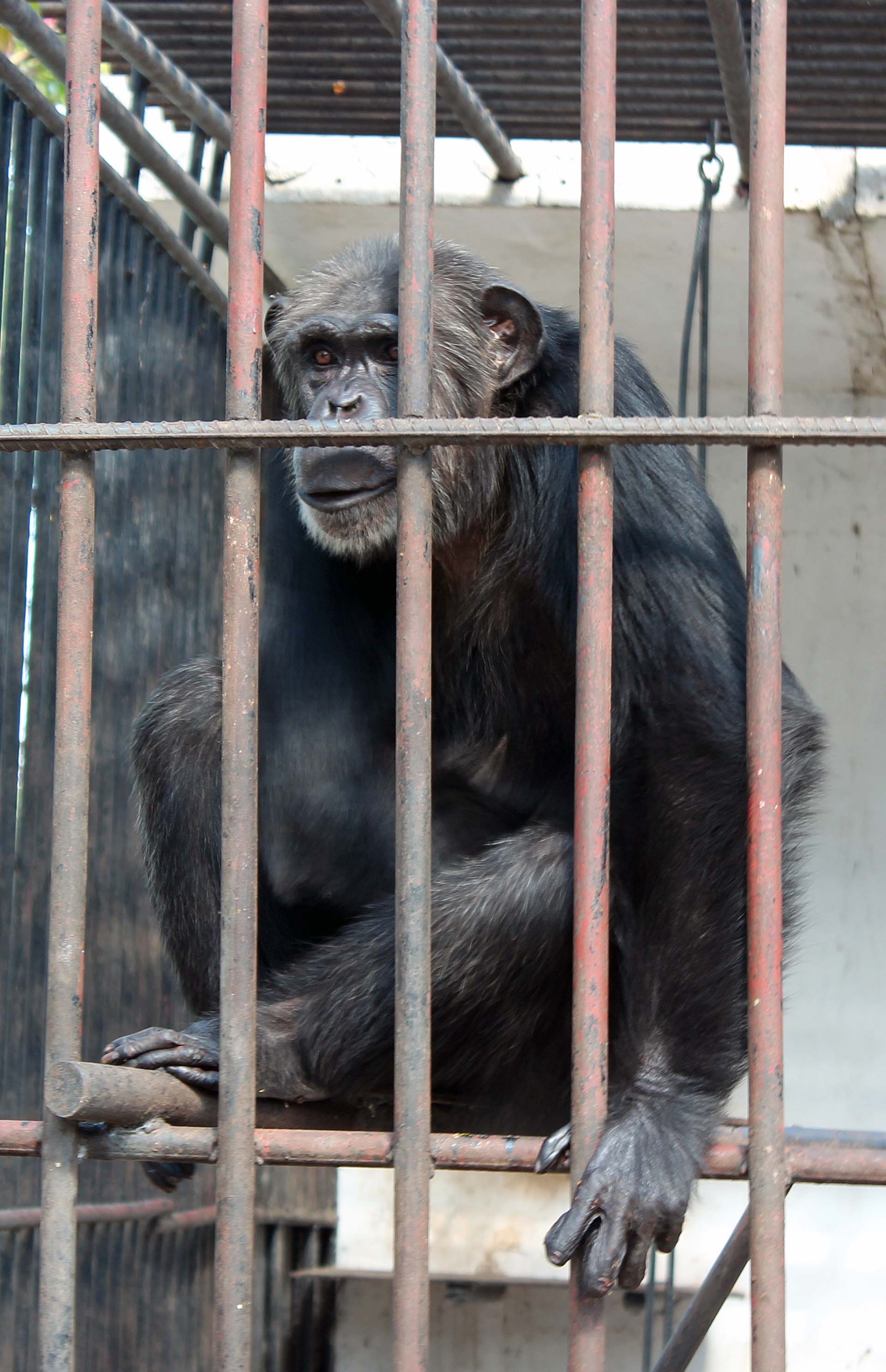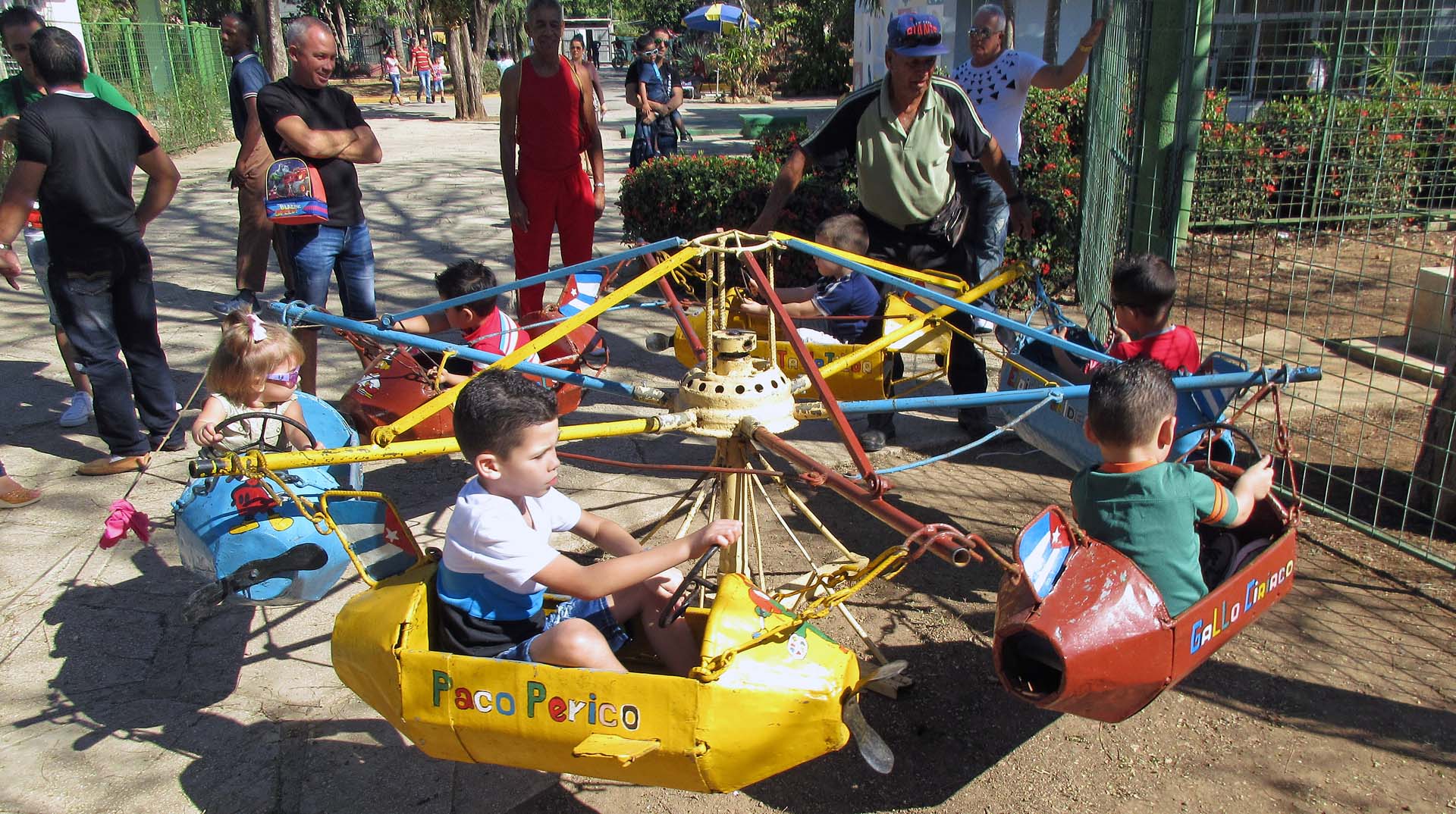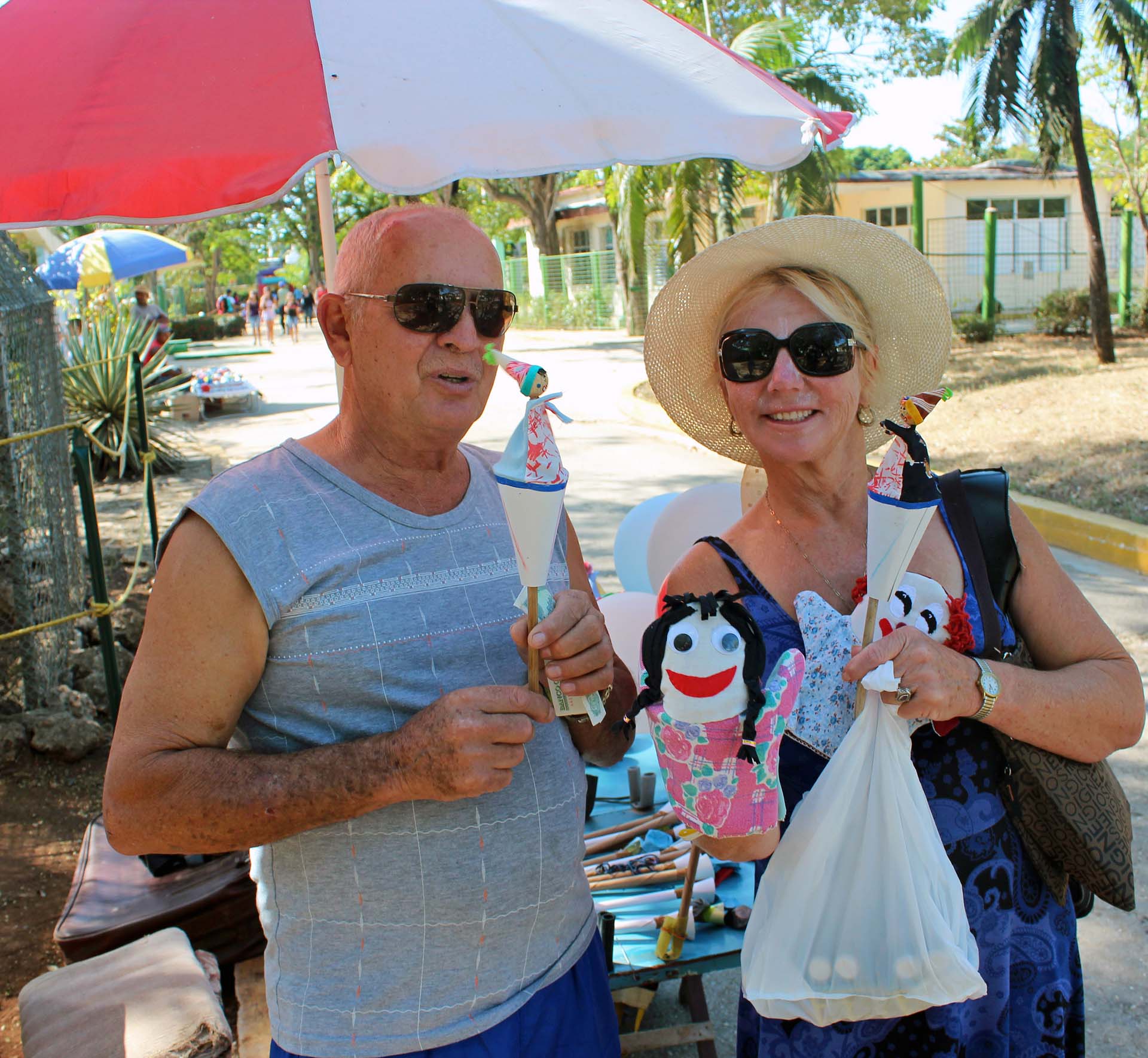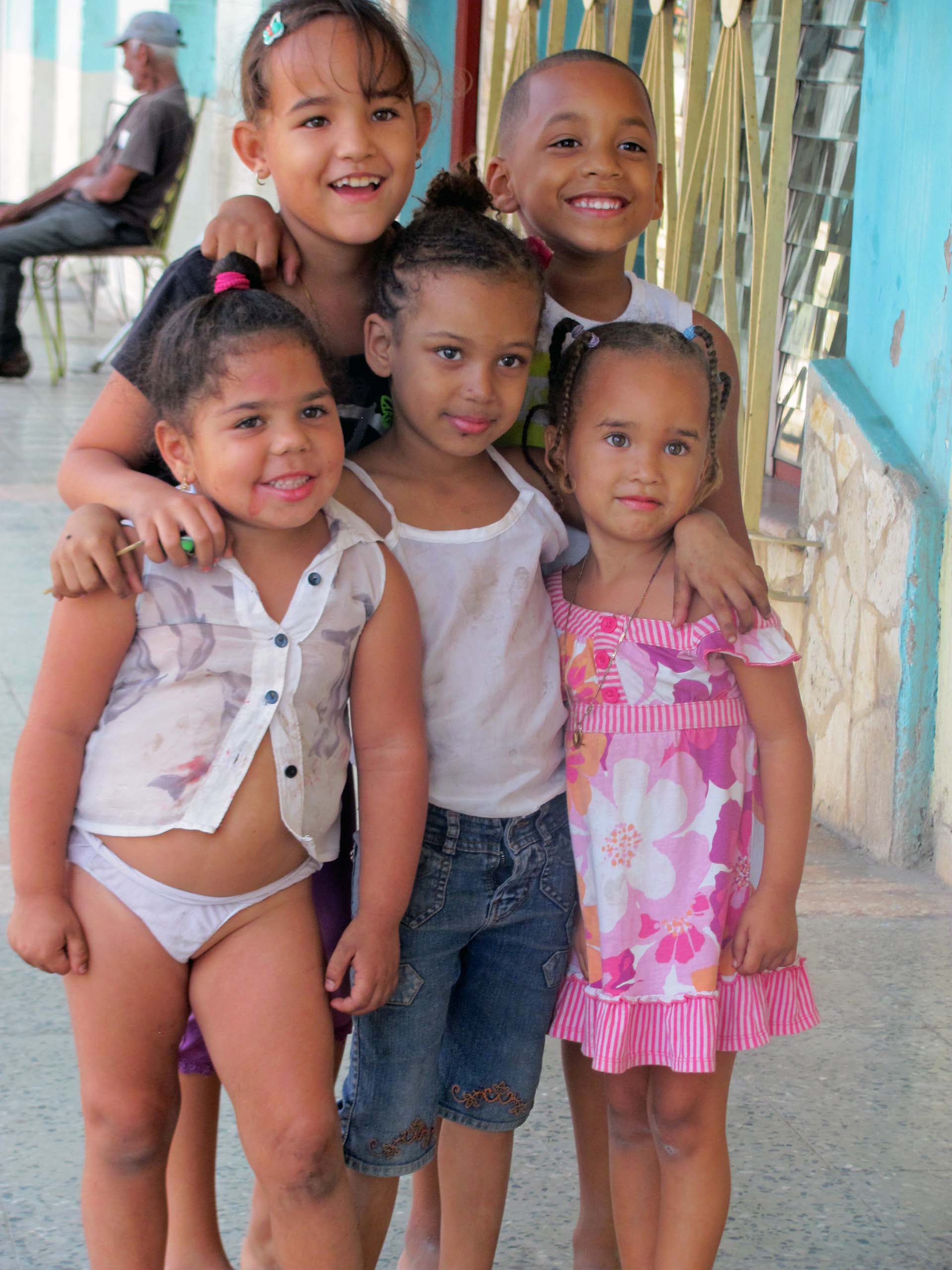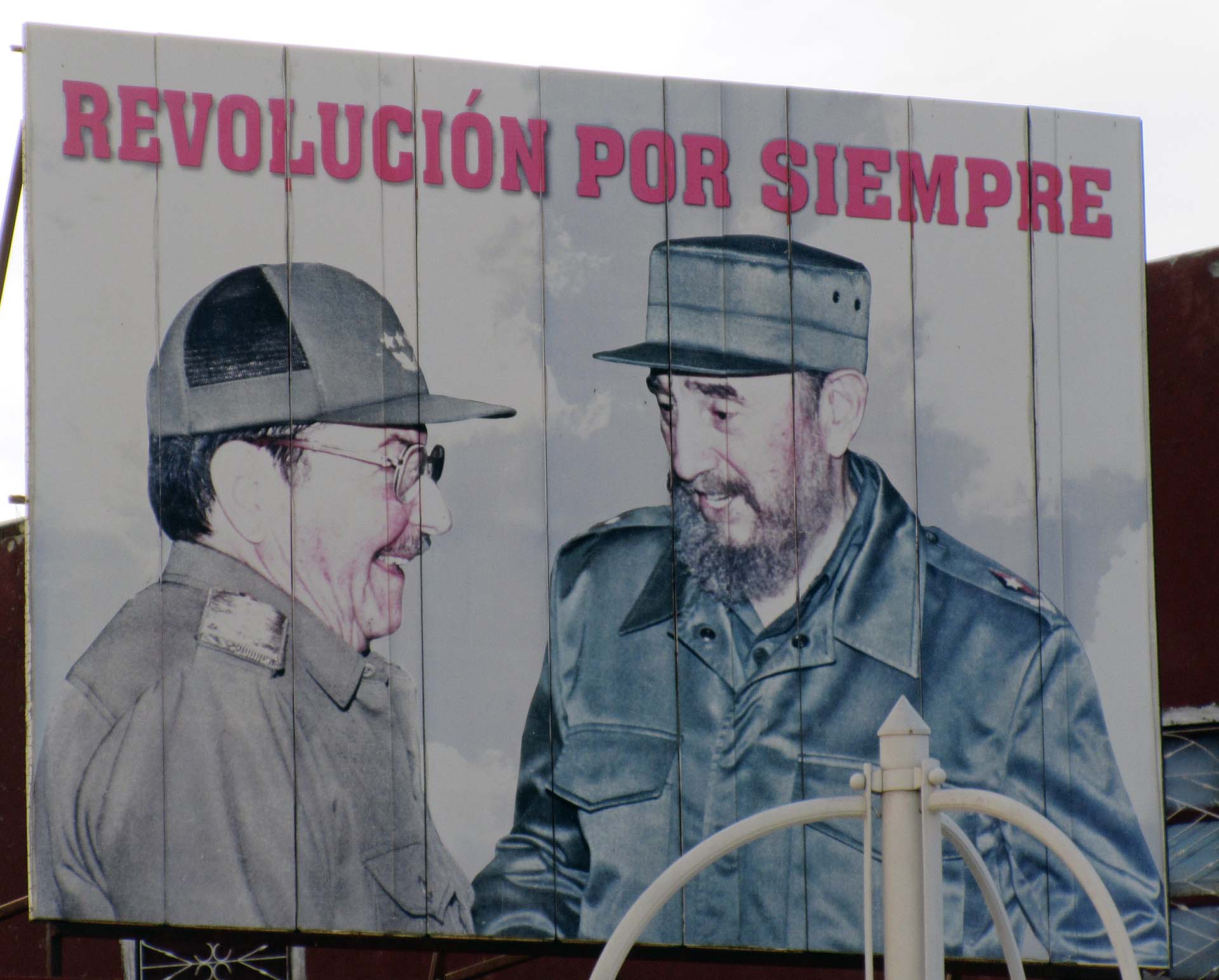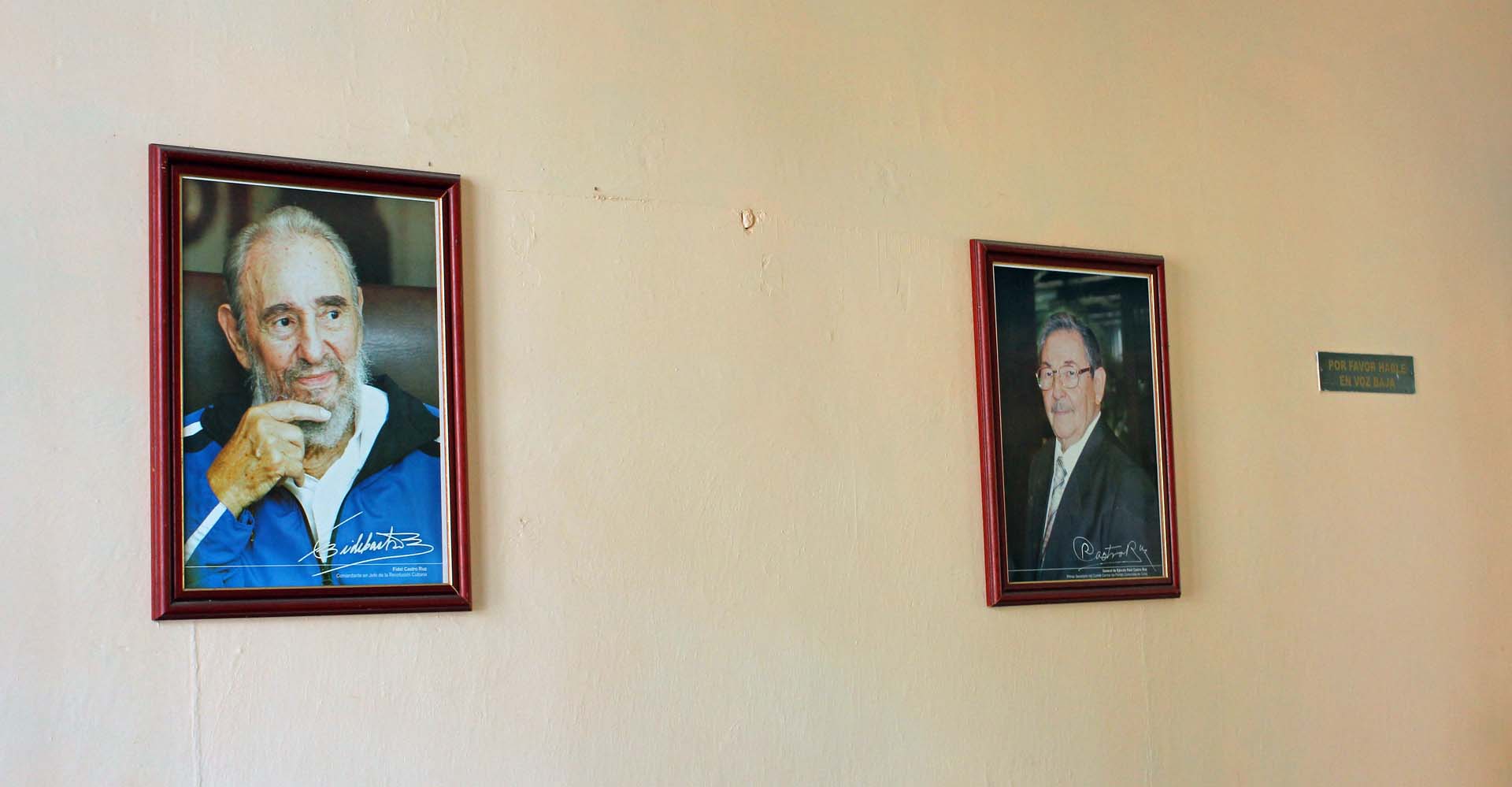Blog in the Polish
language/w języku polskim: http://ontario-nature-polish.blogspot.com/2019/10/dwa-tygodnie-w-hotelu-carisol-los.html
Our 13th trip to Cuba in 9 years and 2nd to
the Carisol Los Corales since November, 2010 commenced in Toronto on January 4,
2018 by Air Cubana. We immediately recognized the 23 year old, all-black livery
Airbus A320, as we had flown it to Cienfuegos in January, 2016 (LY-COM). After
a 3.5 hour flight we landed in Santiago de Cuba just before 6:00 pm. Upon
arrival I exchanged money, getting 153 CUC for CAD $200 (i.e., 76.50 CUC for
CAD $100), the hotel offered 74 CUC for CAD $100. The only problem was a small
musical band that suddenly materialized next to me, playing loud music while I
was busy counting & checking the money—they could not have chosen a worse
time & place for their performance! Furthermore, they expected a tip—in
your dreams! The bus ride to the hotel took over one hour and we still managed
to have dinner.
 |
| Junior Suite H-4, Carisol, which we got the second day and spent there 13 nights (upper floor, on the left). In spite of all the predicaments we faced, it was quite nice! |
Two weeks before the departure, we had sent an email to the hotel,
asking to either upgrade us to a bungalow at additional cost (bungalows were
not offered by Hola Sun) or give us a quiet room, far from the pool and the
entertainment area. Unfortunately, we got a room in Los Corales in the 500
section, number 520, which almost exactly met the conditions that we had NOT
asked for. It was facing the swimming pool and the entertainment area, so the
first night it was quite noisy because of the show and later people kept congregating
in the bar area. The back of the hotel building faced two abandoned structures
and a field where various farm animals grazed. The following day after 10:00 am
the pool music began. By the way, in 2010 we stayed in room 516!
 |
| View from our balcony-yes, that's a horse! We saw horses, donkeys and even a herd of cows/goats passing just in front of our door! |
Incidentally, the previous evening, upon our arrival at the hotel,
we inquired about upgrading to a bungalow and the stern clerk at the reception
desk told us it would cost extra 30 CUC for 2 persons per night; apparently the
price had gone down overnight ;). We went to the Carisol, spoke to the person
at the reception desk there, were given an upper level junior suite in the “H”
section and soon we moved in—Angel, a very nice hotel employee, drove us &
our 5 suitcases in a golf cart.
 |
| Another view from our balcony on similar bungalows. |
The next day we paid almost CAD $400 for the upgrade and the safe (2 CUC per day). However, from the outset we experienced a plethora of problems (which I mention later in this review) and my friend demanded a refund of the extra money we paid for the upgrade. Fortunately, she did get it back, albeit in CUCs.
During the first 7 days of our stay we had the worst weather ever
in Cuba—it was cold, windy, cloudy and raining (one evening we experienced such
a heavy rainfall that we were unable to go to the dinner), so we never spent
any time on the beach. I was sorry for those who came for vacation for just one
week! The weather improved significantly during the second week, it was sunny
and hot (up to +30 C), although it rained at least once.
The
bad weather almost forced me to spend more time than I had been planning on
reading books. The first book I read was “Stalin: The Court of the Red Tsar” by
Simon Sebag Montefiore. Although it was quite long, it was also very readable
and I finished it in just several days. I had read several books on Stalin
before, but this was probably the most comprehensive and impressively
researched. A book about a monster and his evil lackeys, who blindly follow him
and carry out his every order, no matter how thoughtless, cruel or reckless.
The
second book, “The Kite Runner” by Khaled Hosseini, was a wonderful book. The
story was incredible, yet very painful—so much so that eventually I found it
quite difficult to read. Yet I am glad I did.
 |
| On the beach with the hotel's employees |
Certainly, the Carisol is much quieter than the Los Corals, as the
latter has nightly entertainment and other activities. We could freely use all
facilities & restaurants at both hotels and did not mind the 5 or so minute
walk to the other hotel and back. At 10:30 in the morning a very entertaining
& inspiring Cuban lady was conducting stretching exercises on the beach.
Catherine heartily participated and she really enjoyed them. The beach was
quite nice, but there were not enough palapas or trees providing shade,
so we had to ‘reserve’ them early in the morning by 8 am.
At Carisol, around the pool and after the rainfall, we saw many toads and several times they gave a unique & noisy performance in the evening. Another evening, on our way to dinner, we spotted a big spider—we were told it was a tarantula. Just a few days later Catherine spotted an identical spider in the resort’s washroom and she said it was a very unnerving encounter. There were plenty curly-tailed lizards all over the property, which often chased one another on the beach the way chipmunks do in Canada.
 |
| Is it really a Tarantula? |
At Carisol, around the pool and after the rainfall, we saw many toads and several times they gave a unique & noisy performance in the evening. Another evening, on our way to dinner, we spotted a big spider—we were told it was a tarantula. Just a few days later Catherine spotted an identical spider in the resort’s washroom and she said it was a very unnerving encounter. There were plenty curly-tailed lizards all over the property, which often chased one another on the beach the way chipmunks do in Canada.
Then we moved to the Carisol section and got a junior suite in
building “H”. The junior suite was on the upper floor, facing the ocean, and
had a balcony with two comfortable chairs. We also had a view of the mountains.
There are 4 units in each building, 2 on the ground floor and 2 on the upper
floor. We were never bothered by entertainment noise or any other sounds and never
saw any bugs in our room, except for tiny ants which were usually on the
balcony, attracted by drops of liqueur. On the balcony we spotted a large green
leafcutter-type grasshopper and a small gecko. From our room’s balcony we often
watched horses & donkeys grazing the grass just in front of our room (what
a wonderful environmental way to mow the grass!). On two occasions we were
quite surprised to witness a herd of about 10 big bulls and cows passing just
meters from our room as well as a herd of goats. Some horses had bells, so at
night we heard them long before we saw them. Actually, we enjoyed those animals
very much, as they gave a genuine rustic touch to the resort.
 |
| From our room #520 in the Los Corales section we could see such animals and the abandoned buildings, supposedly a hotel for the resort's employees. |
Unfortunately, encountered a number of problems during our stay:
- There
was NO hot water whatsoever for the first 7 (seven!) days.
- Cold
water was just trickling for the first 7 days, so even our cold showers
were difficult to take.
- We
(as well as many other tourists) had NO water (cold or warm) at all on 3
separate occasions and such shortages lasted from about 3 to 20 hours at a
time. Some newly arrived tourists were very upset as they desperately
wanted to take a shower after their flights.
- One
evening the balcony, bedroom & bathroom lights suddenly went out. The
technician was unable to fix them, but they were back on the next
afternoon.
- The
air conditioner did not work for the first 2 days (the remote control was
missing), but since it was cool outside, it was not a big issue then.
Later it was functioning, but every while it stopped (probably the circuit
breakers tripped and had to be reset).
- During
the second week we had no A/C for 2 nights, even though we notified the
front desk numerous times. Eventually a maintenance guy came, reset the
breakers and showed me how to do it. Yet the A/C stopped working just
minutes after he left. Despite my resetting the circuit breakers many
times, they kept tripping every few minutes and after 1 hour we gave up.
It was quite hot, we left the door open, but mosquitoes got into our room
and finally we had to close the door and ended up having a rather
uncomfortable night. The air conditioner seemed OK after something was
replaced, as it kept working without interruptions. We also got our lights
back after a night of semi-darkness.
- Power
went down about 6 times, but it was restored immediately, within less than
20 seconds. Yet probably due to the power surge the coffee maker which we
brought from Canada broke.
- The
TV set worked, but the audio sound was very distorted and the closed
captioning did not work, so we never turned it on again (in our case, it
was not really a problem, as we do not have TV sets and do not watch TV
back home anyway).
- There
was no telephone in the room—each time there was an issue with our room,
we had to walk all the way to the reception to report it.
There was plenty of food and it would be difficult to go hungry,
but it was quite repetitive and relatively basic. Well, I never go to Cuba
expecting gourmet cooking—yet I still managed to gain about 5 lbs.! We had
meals at both Carisol and Los Corales—the latter was more crowded. Outdoors
dining at both hotels was awesome (one of the reasons we went to this resort),
but not always available. Breakfast egg stations served eggs & omelets, but
most times they were slow and inefficient, some inexperienced cooks had
problems even with cracking the eggs! Lunch & dinner: cooks prepared pork,
beef, hamburgers, hot-dogs, turkey—but I never saw shrimps & fish. The
buffet food was quite tasty & healthy, yet almost identical every day. For
dinners we ordered red wine, which was below average—well, nothing really
unexpected. Service was spotty—some servers were very good, others mediocre. At
Carisol a 7-person Cuban band played Cuban music, but a little too loud, it was
often impossible to conduct a conversation. Besides, when the band was playing
inside the restaurant, the acoustics was terrible, the cacophonous sounds were
deafening! At Los Corales there was probably a different musical band—one
evening it played excellent Cuban jazz music which I loved. At Los Corales
there was a restaurant adjacent to the main one, which offered pizza and
spaghetti. We went there once and had a pizza, which was OK.
We only went once went to the outdoor a’ la carte restaurant at
Carisol (La Piazza). We waited for one hour for the food, the order was not
correct and could not be changed. The beef was like shoe leather and the desert
consisted of… melted ice cream. In addition, the 7 or 8 piece musical band was
standing very close to our table and was very loud; I considered tipping them
NOT to play. Overall, it was a disappointing experience and it was relief to
leave—it is much better to go to the regular buffet.
 |
| Of course Catherine did not pass this occasion and immediately posed next to this antique car for a photo! |
It was a pity that we stumbled upon so many problems—especially
that some of them were eventually rectified AFTER our (often repeated)
interventions—meaning that they could have been fixed BEFORE! Besides, many
other hotel guests we met had had similar (and even worse) problems, some had
to change rooms several times, especially after the heavy rains, which caused
inside flooding and leaking. I guess a proactive approach is not the hotel’s
forte. Overall, I would give the resort 2.5 out of 5 stars.
 |
| This donkey was a frequent habitue of the resort grounds |
In spite of all the predicaments we encountered, we had gone to Cuba with a (very) open mind and we made our vacation enjoyable, taking whatever occurred in strides. Besides, we enjoyed the surrounding mountainous scenery, bike riding, visiting nearby villages as well as watching the ocean, mountains and the horses, donkeys, cows & goats from our balcony.
Would we return to this resort? Incredibly, the answer is ‘yes’,
provided that we could ensure getting a problem-free, ocean-view junior suite
in Carisol.
Our Hola Sun package included a free trip (by a horse-drawn buggy)
to Laguna Baconao & the crocodile farm. We also had a 20 minute boat tour
(3 CUC extra per person) on the lagoon—the scenery was beautiful, as it was
surrounded by mountains. The crocodile farm basically consisted of 4 cages
containing large dozing crocs, do not expect an eco-tour ;).
The hotel (Los Corales) offered free bike rental for a 24 hours
period, to be returned at 10:00 the next morning, but their quantity was very
limited and were often unavailable. But at least they were maintained on a
regular basis by the guy in charge of the rental. We rented bikes on 3
occasions and rode to the village of Baconao, Laguna Baconao, Jarden de Cactus,
Hotel Costa Morena, the Blow Holes (!) and the Aquarium. Easy, yet awesome
jaunts!
When we had visited the village of Baconao in 2010 (by a horse
carriage), I had taken a number of photos of local residents. This time I
brought them with me—and yes, I met two women whose photos I had taken 8 years
ago! The village now had a nice restaurant where we had beer. We also walked on
a narrow path between homes, sometimes talking to the residents. We also met
one guy who spoke English, we talked to him, his mother and his brother. He
asked us if we had any hats—we promised to bring him some and indeed, we rode
to the village again several days later and brought him two hats. There was
also a school; since it was morning, a lot of kids were coming from various
directions. Nearby was a gate manned by a guard—the road was off limits to
non-Cubans because it led to the vicinity of the American military base in Guantanamo.
Supposedly the area around the base is full of mines.
At the hotel we met a very nice woman from Quebec who also spoke
fluent Spanish. Incidentally, she had some major problems flying Air Cubana to
Cuba—she was kicked off the flight, then had to take a different flight, landed
in Cienfuegos, I believe, took a bus and then a cab to get to the hotel. We
talked to her on several occasions and one day the three of us rode the Jarden
de Cactus (as per her suggestion). What a great garden! The gardener in charge
of the place showed us so many different plants (and our friend graciously
translated everything for us) and at the end took us to the very top of the
hill—the view was awesome, we could see the ocean and the Hotel Costa Morena.
Later we rode to the hotel and had a couple of drinks there.
We also saw the Blow Holes (just past the Aquarium). We left the
bikes and descended to the rocky shore, where they were located. They are
formed when the sea caves grow landwards into vertical shafts, which can cause
abrupt blasts of water from its gaping hole. There were many of them and we
could hear them ‘breathing’; then every minute of so, as the waves the rocks,
water and air rushed into these crevices and burst out. I found one hole which
was probably too far from the see and instead of spraying water, it only
released air. I covered the hole with a coconut—and suddenly it was pushed
about 10 feet up in the air! We spent some time, enjoying this interesting
spectacle.
 |
| Goats in the village across from the hotel |
There was also a small village vis-à-vis the hotel. We walked there on our last day and visited several farms. One had plenty of cute goats. Then we took another dirt road and eventually reach the hotel.
We had also planned to go to Santiago de Cuba and stay there for
one or two nights. Because just before our trip I had gotten an extremely nasty
flu, which almost caused me to cancel our vacation, we decided to shorten our
trip to this lovely city for just one day. Since the hotel offered a free bus
ride to Santiago on Sunday, we took advantage of it. We took advantage of a
free bus trip to Santiago de Cuba on Sunday—it was certainly a highlight of our
stay at the resort.
It departed from the hotel at 10:00 am, arrived in the city at 11:30 am and left back for the resort at 4:00 pm, giving us just over 4 hours to explore the city. We managed to walk from Plaza de Dolores along the main pedestrian street (Francisco Vicente Aquilera) to Parque Cespedes. There were plenty of shops & shoppers and no cars! I took several photos just in front of the building with a blue balcony—it was there that Fidel Castro had announced the triumph of the revolution on January 1, 1959! Then we talked to a taxi driver—his antique American car (Willy Jeep) from 1942, was quite unique, only a very limited number of such model were still extant and his was the only one in Cuba. In 2010, at this very spot, I had taken a photograph of a very nice Cuban lady—I brought this photo with me and the driver immediately recognized her. She was not there, but he said he would give the photo to her.
It departed from the hotel at 10:00 am, arrived in the city at 11:30 am and left back for the resort at 4:00 pm, giving us just over 4 hours to explore the city. We managed to walk from Plaza de Dolores along the main pedestrian street (Francisco Vicente Aquilera) to Parque Cespedes. There were plenty of shops & shoppers and no cars! I took several photos just in front of the building with a blue balcony—it was there that Fidel Castro had announced the triumph of the revolution on January 1, 1959! Then we talked to a taxi driver—his antique American car (Willy Jeep) from 1942, was quite unique, only a very limited number of such model were still extant and his was the only one in Cuba. In 2010, at this very spot, I had taken a photograph of a very nice Cuban lady—I brought this photo with me and the driver immediately recognized her. She was not there, but he said he would give the photo to her.
 |
| A new taxi driver in Santiago de Cuba! On the left the building with a blue balcony—it was there that Fidel Castro had announced the triumph of the revolution on January 1, 1959! |
We wanted to see the Cathedral, but it was closed. We just went up
the stairs and had an awesome view of the whole Plaza.
 |
| In front of the building with a blue balcony—it was there that Fidel Castro had announced the triumph of the revolution on January 1, 1959! |
While walking around, we met Alfredo, an English-speaking, 37 year old Cuban guy who became our unofficial guide. Catherine remembered one man’s words of wisdom—“Hire a local guide and he will keep the beggars away”. We walked with him to Tivoli and the waterfront. There were lots of industrial buildings, but no big ships. I took several photos of kids playing in front of a house.
Then we hailed a horse carriage and asked the owner how much he wanted to take us to the Cementerio Santa Ifigenia and back. After some haggling we decided on 10 CUC and rode there. As we got there, some Cuban told us that we should quickly walk there to see the 2:00 pm change of the guard at Fidel Castro’s grave.
The grave, consisting of a granite boulder, is decorated with a plate that reads simply: "FIDEL”. It was located very close to the tombs of Jose Marti and other Cuban heroes. Nearby were the graves of fallen participants of the Cuban Revolution, but unfortunately, we were not allowed to go near them, I only saw a myriad of plates with their names. There was a security guard, telling us where to take photos and where not to go. Uniformed soldiers were standing under shaded structures. Then at 2:00 pm a number of guards emerged from the adjacent building and marched towards the various tombs. Overall, it was an interesting spectacle. We quickly walked to the horse carriage and rode back to the town center. Our guide remained with us; we invited him to an outdoor bar for beer and at the end gave me 10 CUC and two razors for which he seemed grateful.
We were back at Plaza de Dolores at 3:30 pm. I walked around the Plaza, took some photos and then spotted a Cuban guy singing a song—I videotaped him and almost missed the bus that started leaving without me!
Santiago de Cuba is a very beautiful time and I wish I could spent
several days exploring it—well, probably I would not mind walking at the
Cementerio Santa Ifigenia for the whole day, as it contains so much of Cuban
history.
Blog in the Polish
language/w języku polskim: http://ontario-nature-polish.blogspot.com/2019/10/dwa-tygodnie-w-hotelu-carisol-los.html


